RMB Latitudes Art Fair’s Third Edition is Back in JHB this May
RMB Latitudes Art Fair is back for its third edition, taking place at Shepstone Gardens in Johannesburg from Friday, 23 May to Sunday, 25 May 2025.
Presented by Latitudes Online in partnership with Rand Merchant Bank (RMB), the Fair has become a standout event on Johannesburg’s cultural calendar, celebrated for its unique, immersive approach to experiencing contemporary African art. By moving beyond the confines of a traditional fair venue, RMB Latitudes invites visitors to explore art in a dynamic and multi-sensory environment – wandering through distinctive indoor and outdoor spaces, pausing for a leisurely lunch in lush gardens, engaging in thought-provoking conversations, and contemplating sculpture beneath Johannesburg’s crisp autumn skies.
This year, RMB Latitudes Art Fair is excited to be working with 50 galleries and with over 300 artists showcasing their talent over the course of the weekend. From major local galleries such as Southern Guild, Stevenson and Everard Read to nomadic gallery FEDE Arthouse, Strauss & Co auction house and new Nigerian space AMG Projects, every aspect of the art ecosystem is represented. View the full list of 2025 participating exhibitors here.
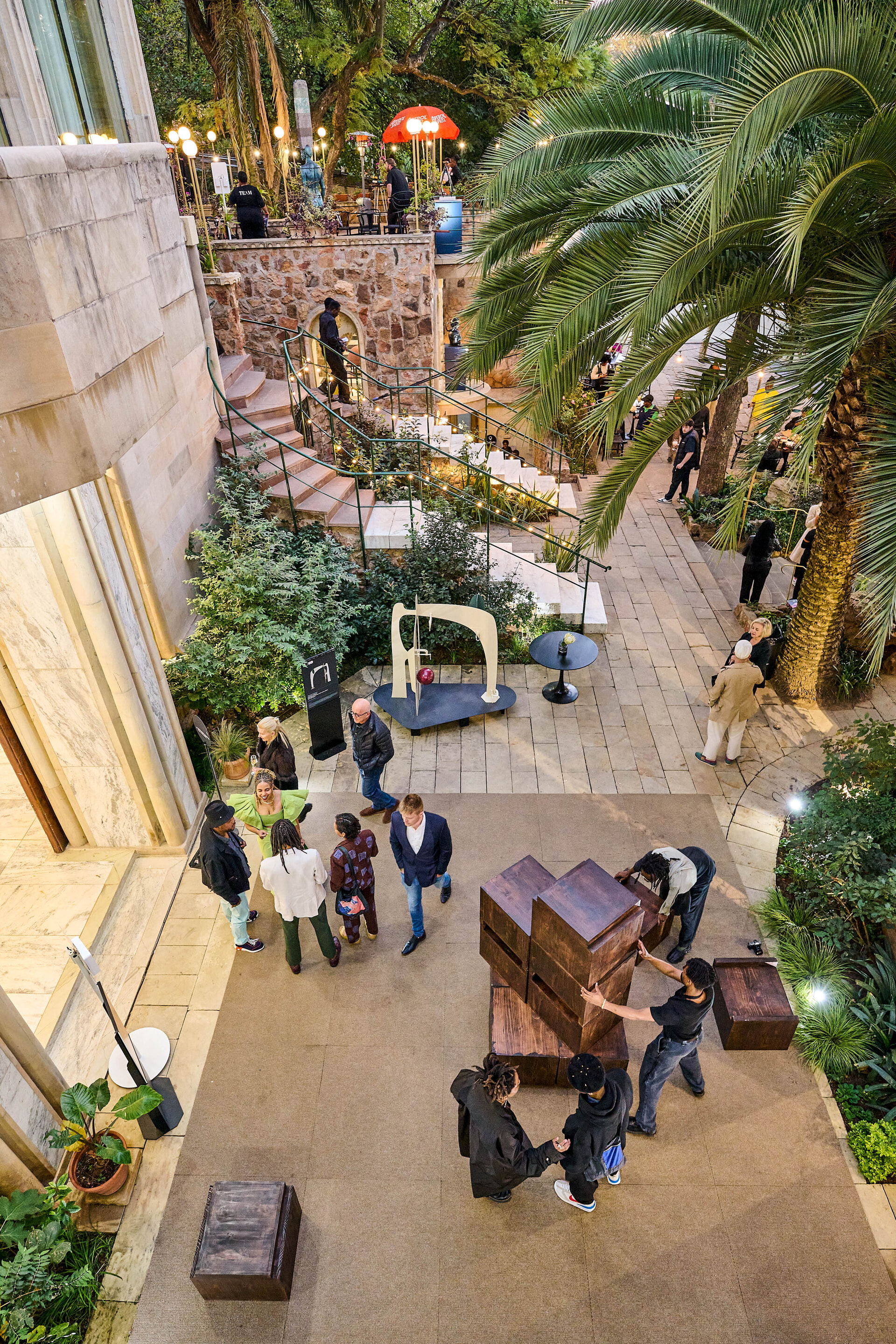
All imagery courtesy of RMB Latitudes
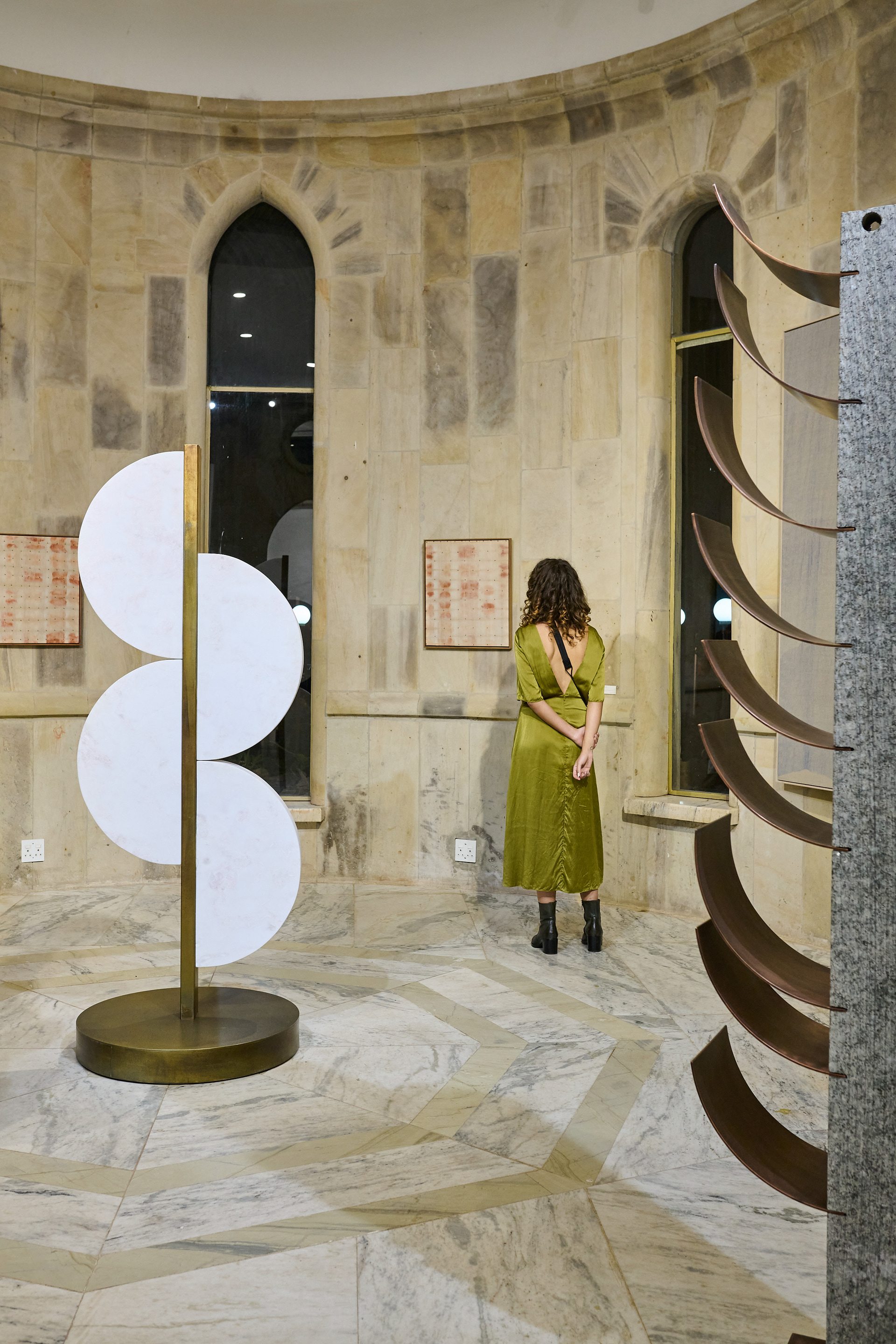
“This year’s theme of CO-PRODUCTION is a nod to the Fair’s central ethos of working collaboratively with and connecting all players in the art industry,” says Lucy MacGarry, co-founder and director. “The theme sees galleries, artists and institutions come together to create an exciting programme of exhibitions and special projects, exemplifying the truly African sentiment of what is possible through collaboration.”
The Fair’s 2025 International platform takes a deliberate and engaged focus on neighbouring country Botswana, with several exhibitors working collaboratively to create a presentation that respects the balance between contemporary art and more traditional, foundational art practices in that region.
INDEX, an annual focus on independent artists, is curated by artist Bonolo Kavula. In her tenure as INDEX curator, Kavula’s exhibition seeks to highlight the rich depth of abstract art. Kavula mentors her chosen artists, in posing questions that force them to think deeper about abstraction, and what it is they are abstracting.
In the gardens, an outdoor exhibition Disturbed Currents: Art for a Warming World explores how it is that we inform the climate, and how it, in turn, informs our own lived experience, while ESSAY sees stoneware sculptures by doyenne of South African ceramic sculptors, Amalie von Maltitz, shown alongside charcoal drawings by Sydney Kumalo.
For the first time, Design Week South Africa is involved in the fair and has curated the Design Showcase, an opportunity to shop some of the most premium local brands, while enjoying the art displays.
Through all of these (and more) Special Projects, and the works of 50 exhibiting galleries, RMB Latitudes strikes a balance between the serious business of the art world and the sheer joy of engaging with creativity in an open, welcoming space. This curatorial approach embraces an intergenerational and diverse audience – whether seasoned collectors or first-time visitors – broadening access to art while fostering sustainable economic growth in the sector.
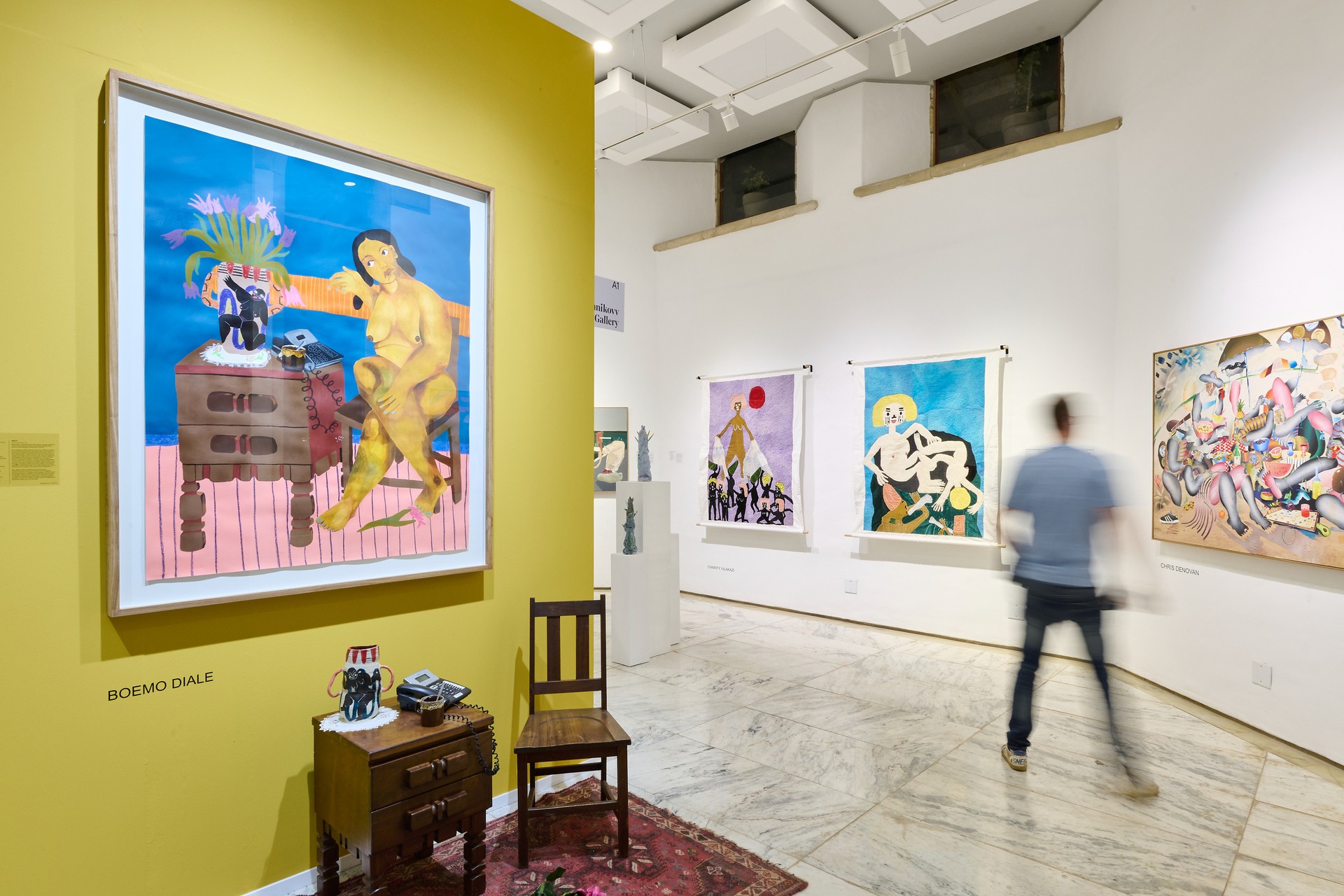
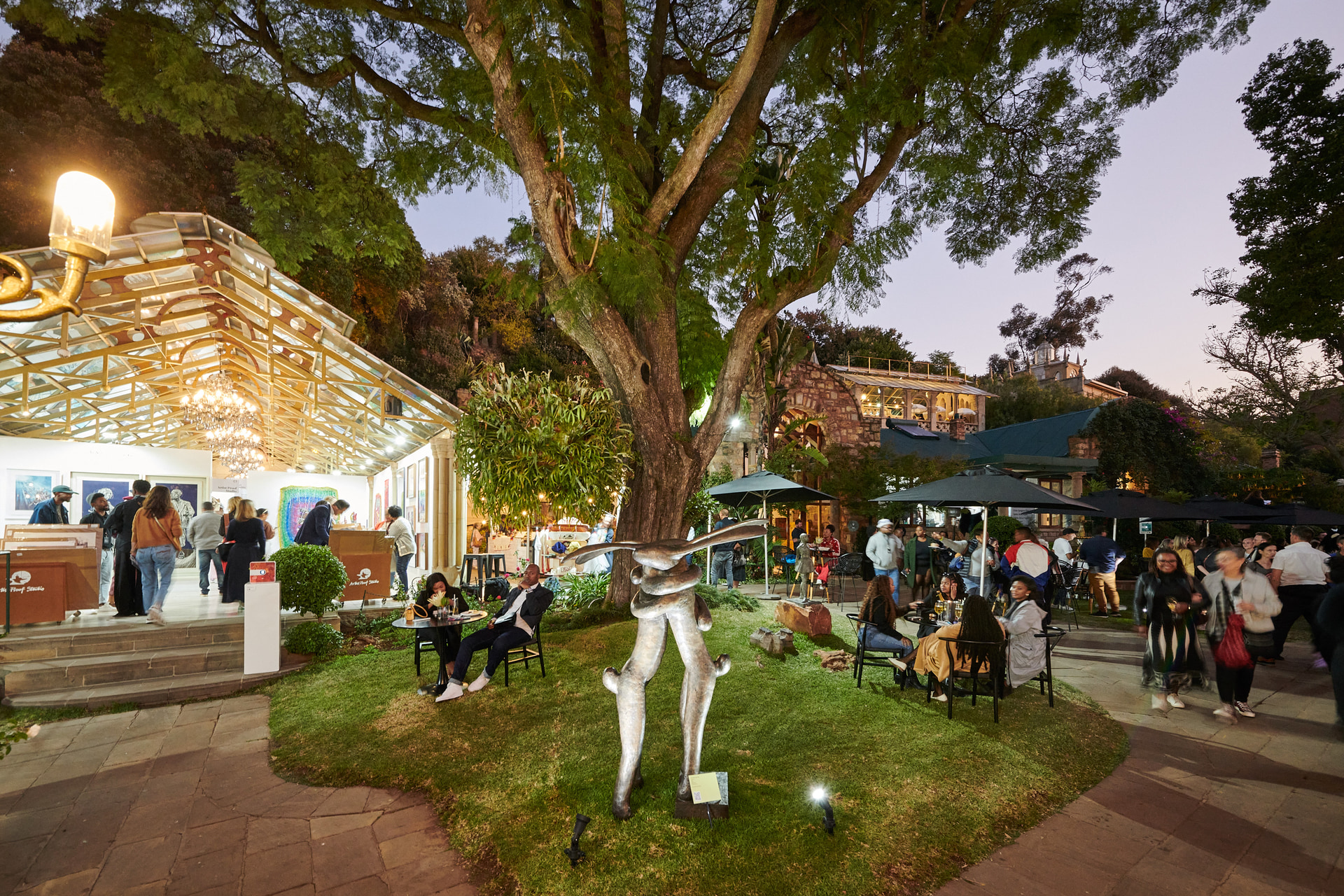
“Our growing partnership with Latitudes – not only on the Fair but also through initiatives like RMB Latitudes CuratorLab, a mentorship programme for aspiring curators across the continent, and RMB Latitudes Collectors’ Circle, a growing community of like-minded art enthusiasts – aligns with our mission to unlock and celebrate creative talent,” says RMB’s Chief Marketing Officer, Alison Badenhorst. “Like the partnership between RMB and Latitudes, the relationship between creativity and optimism is an extremely positive one. Creativity fuels optimism and optimism fuels creativity.”
Tickets for RMB Latitudes Art Fair 2025 are on sale here.
Press release courtesy of Latitudes Online

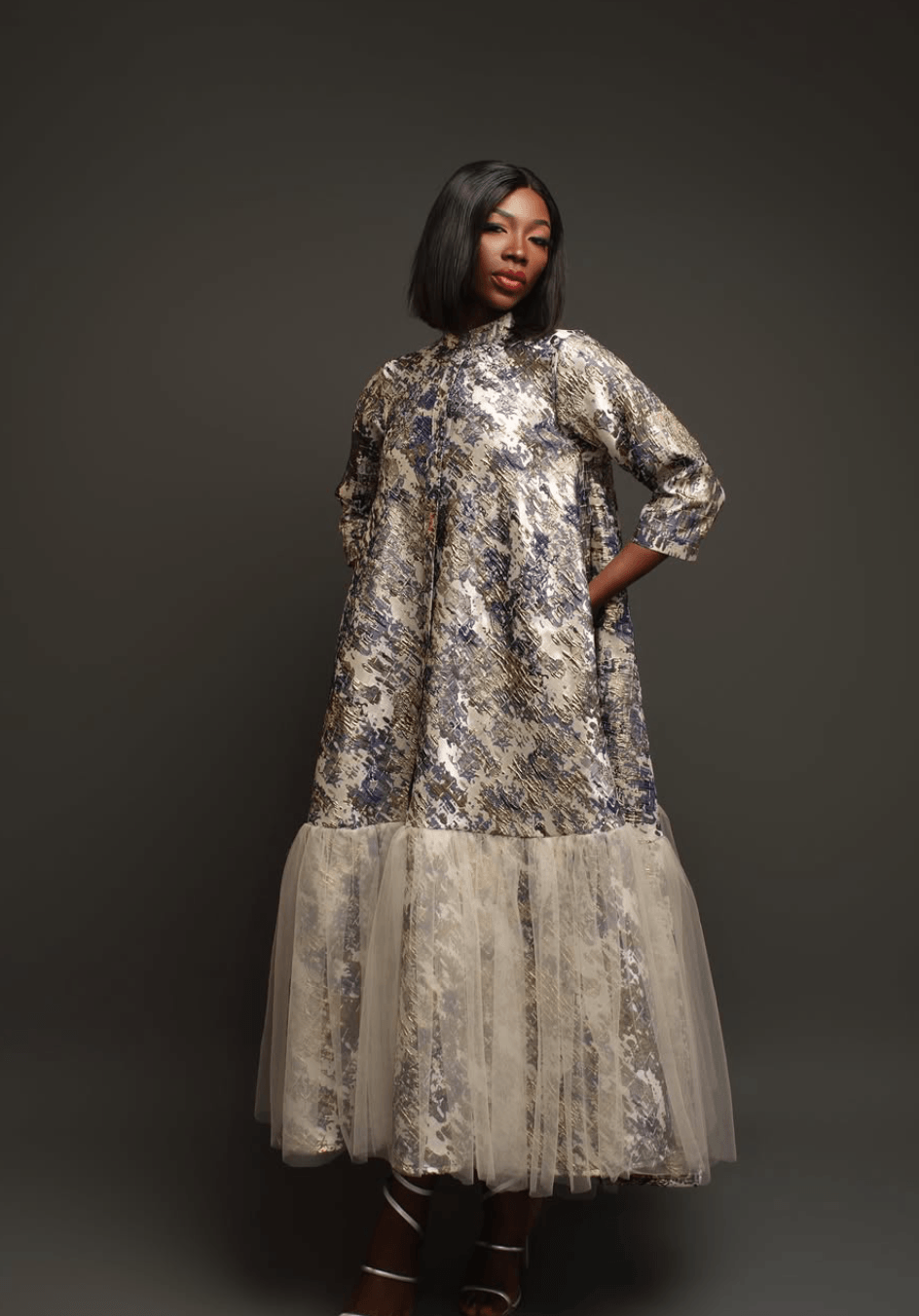
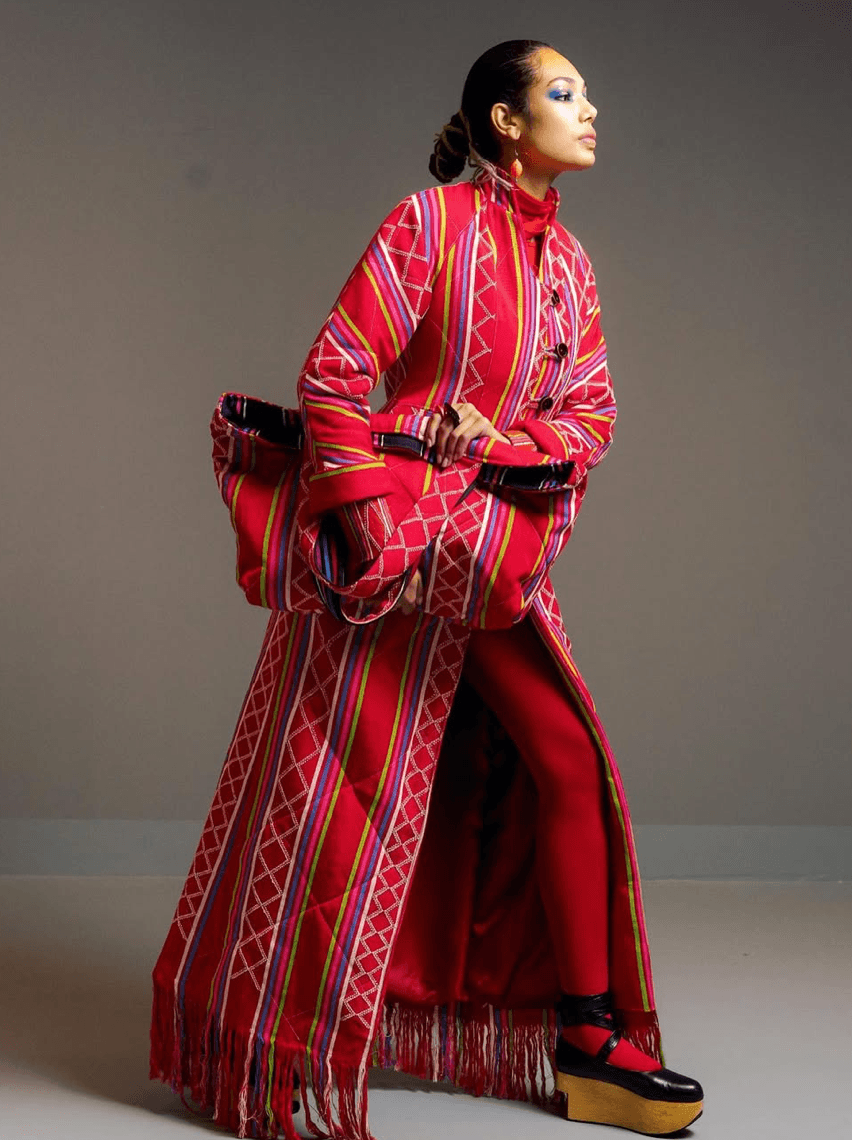
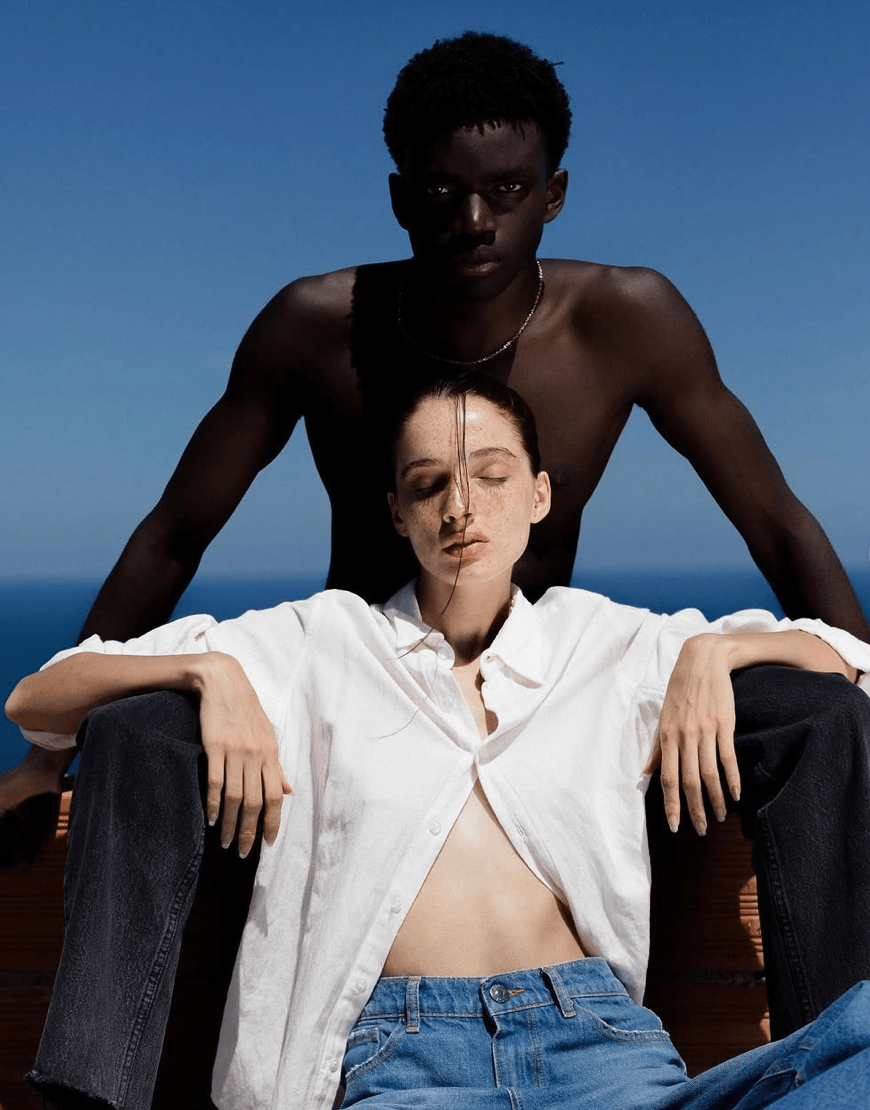

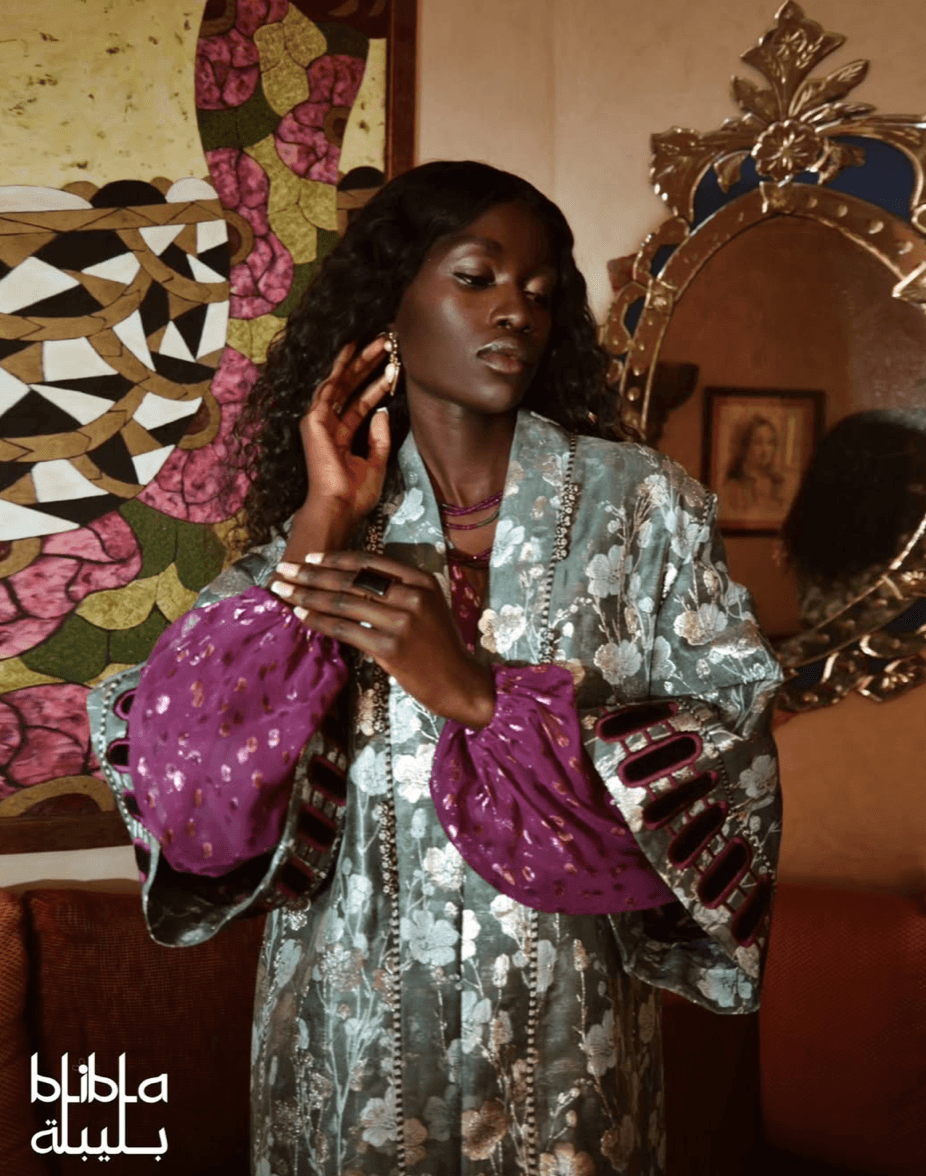
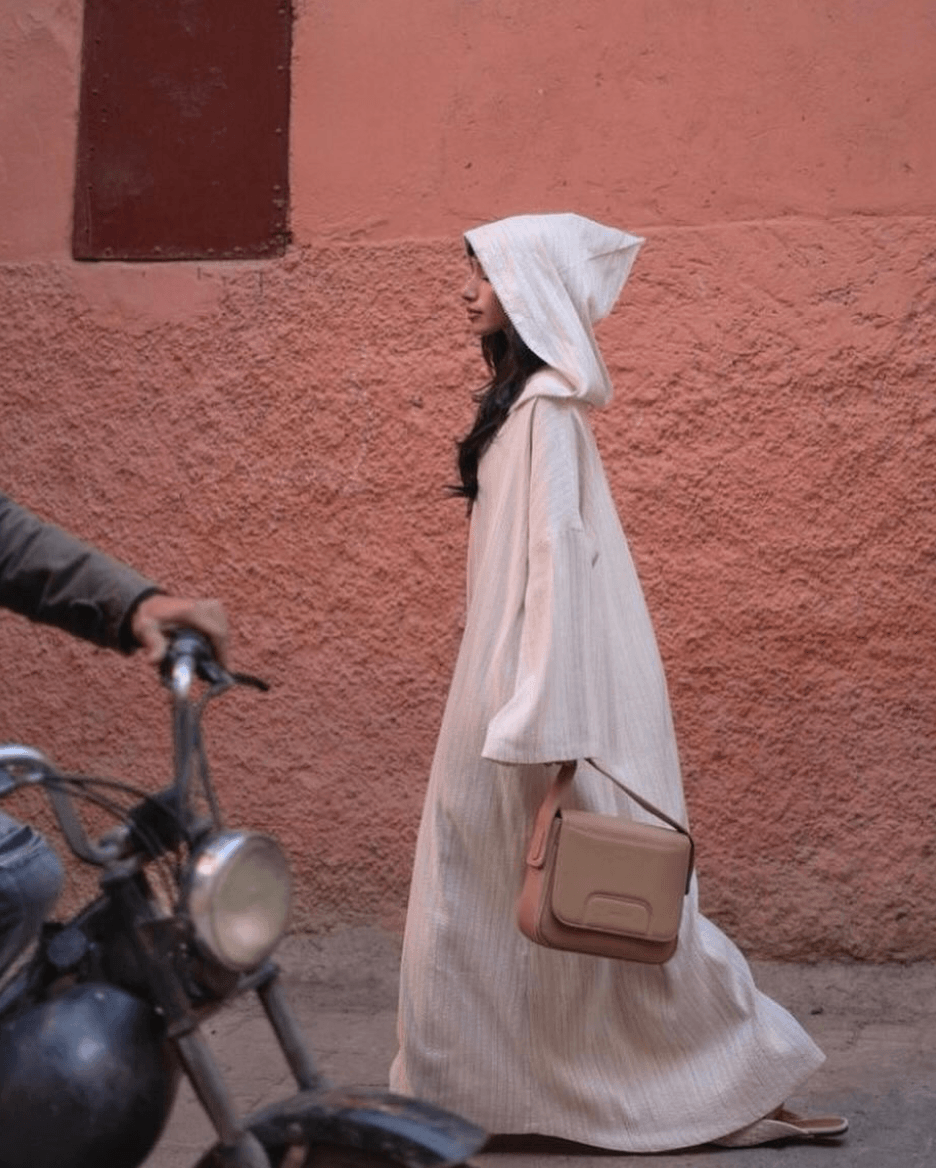
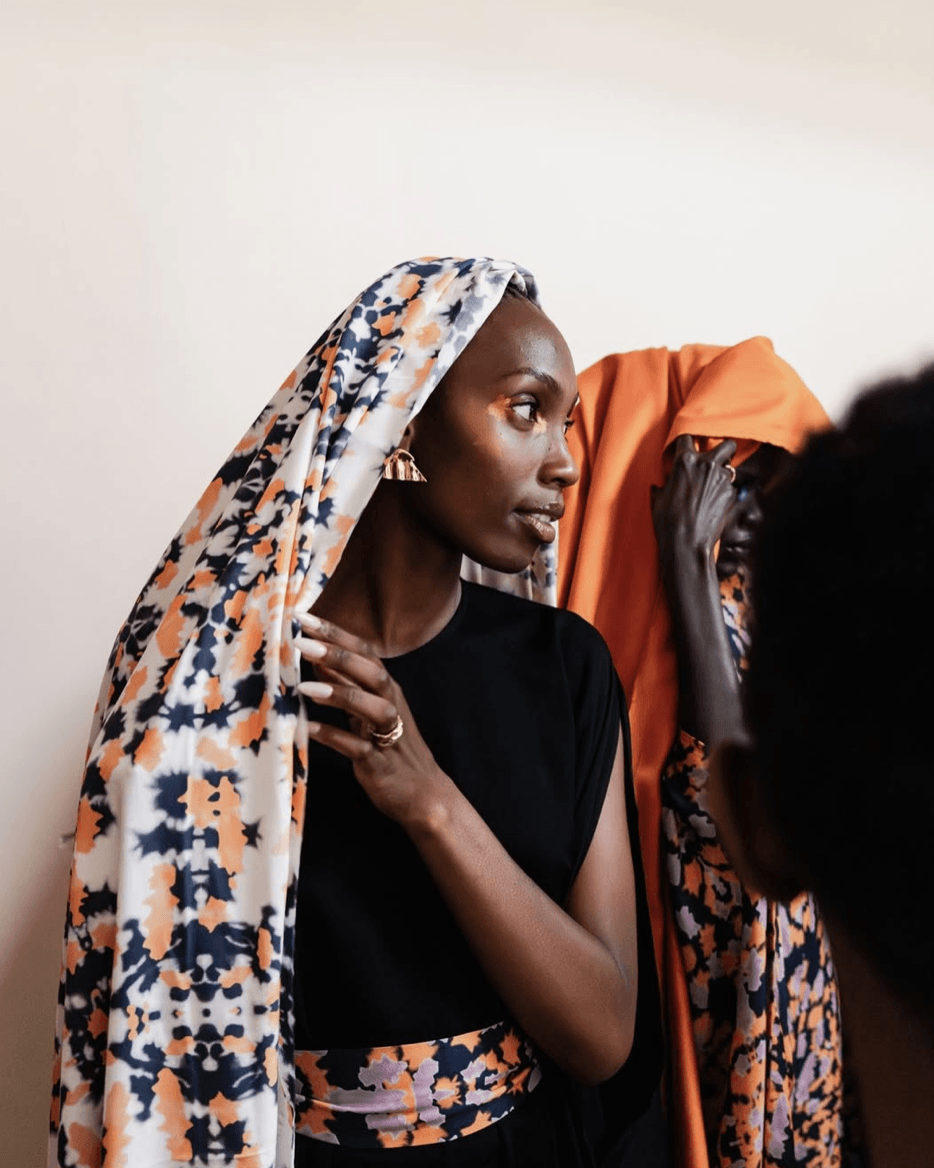
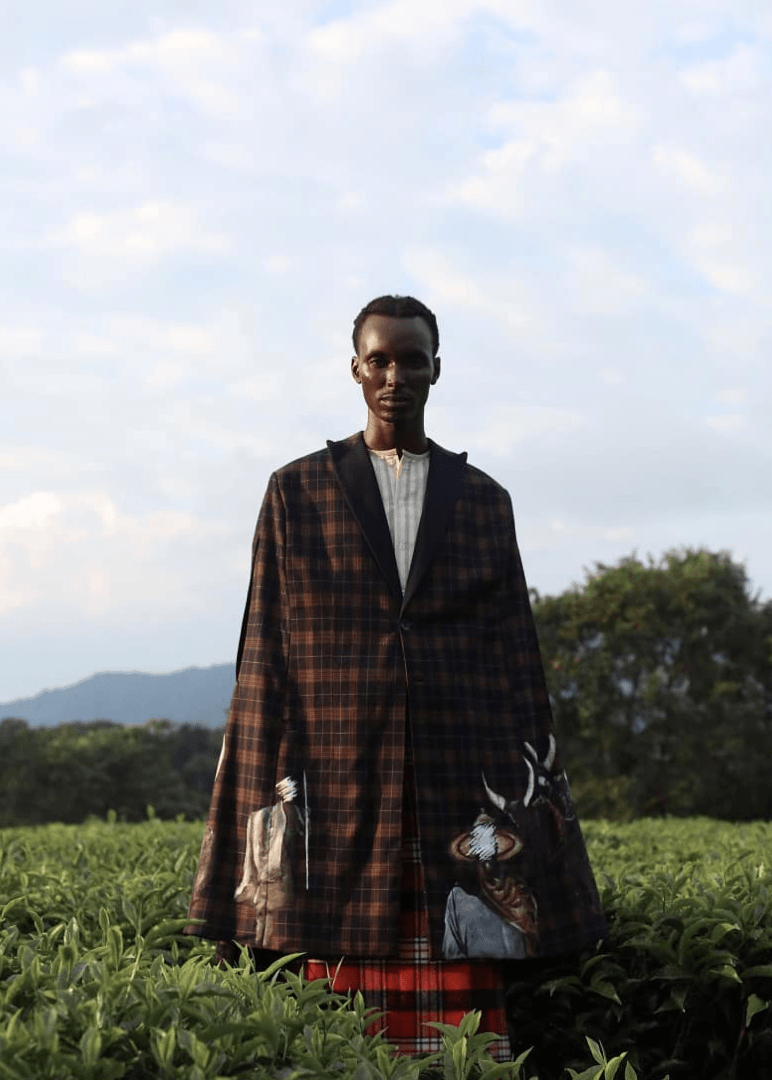
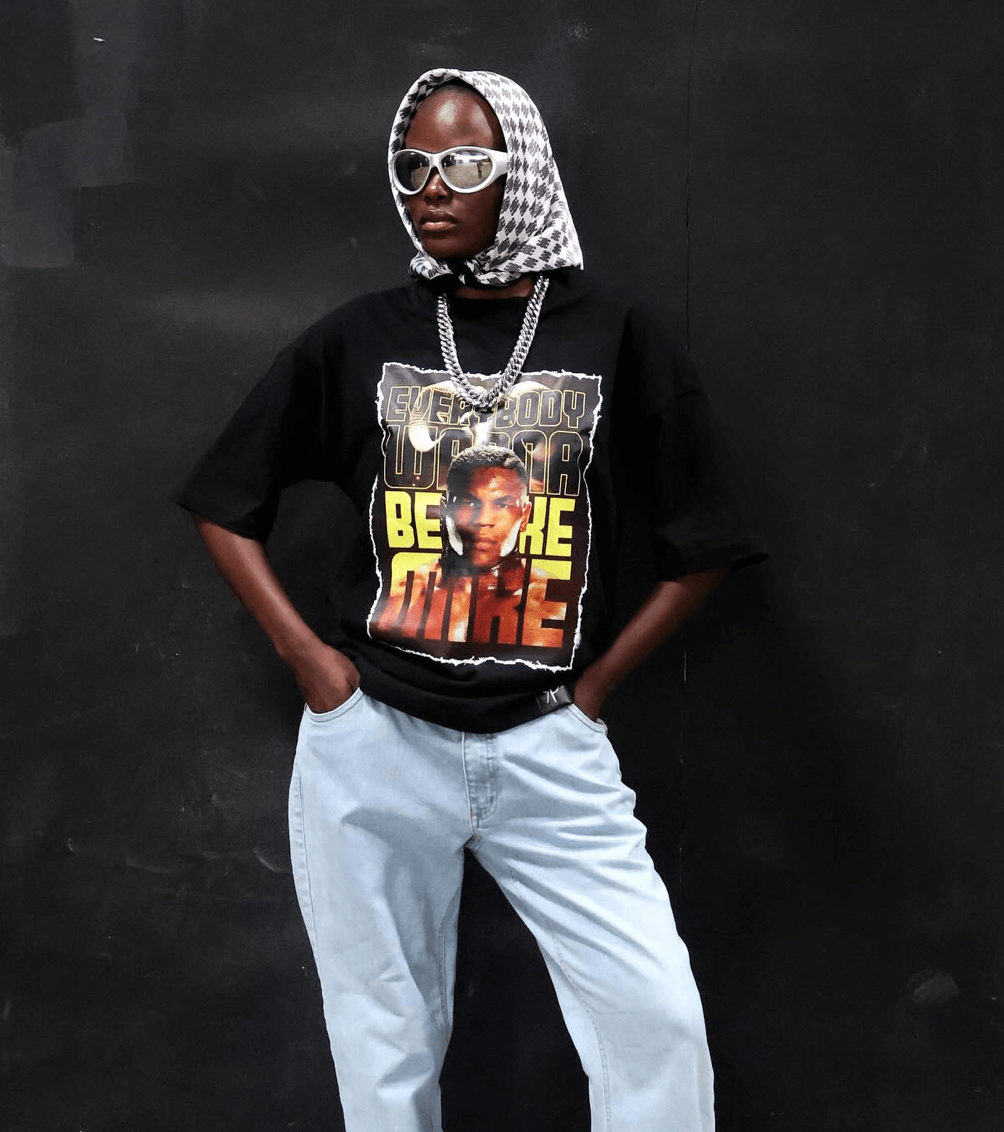
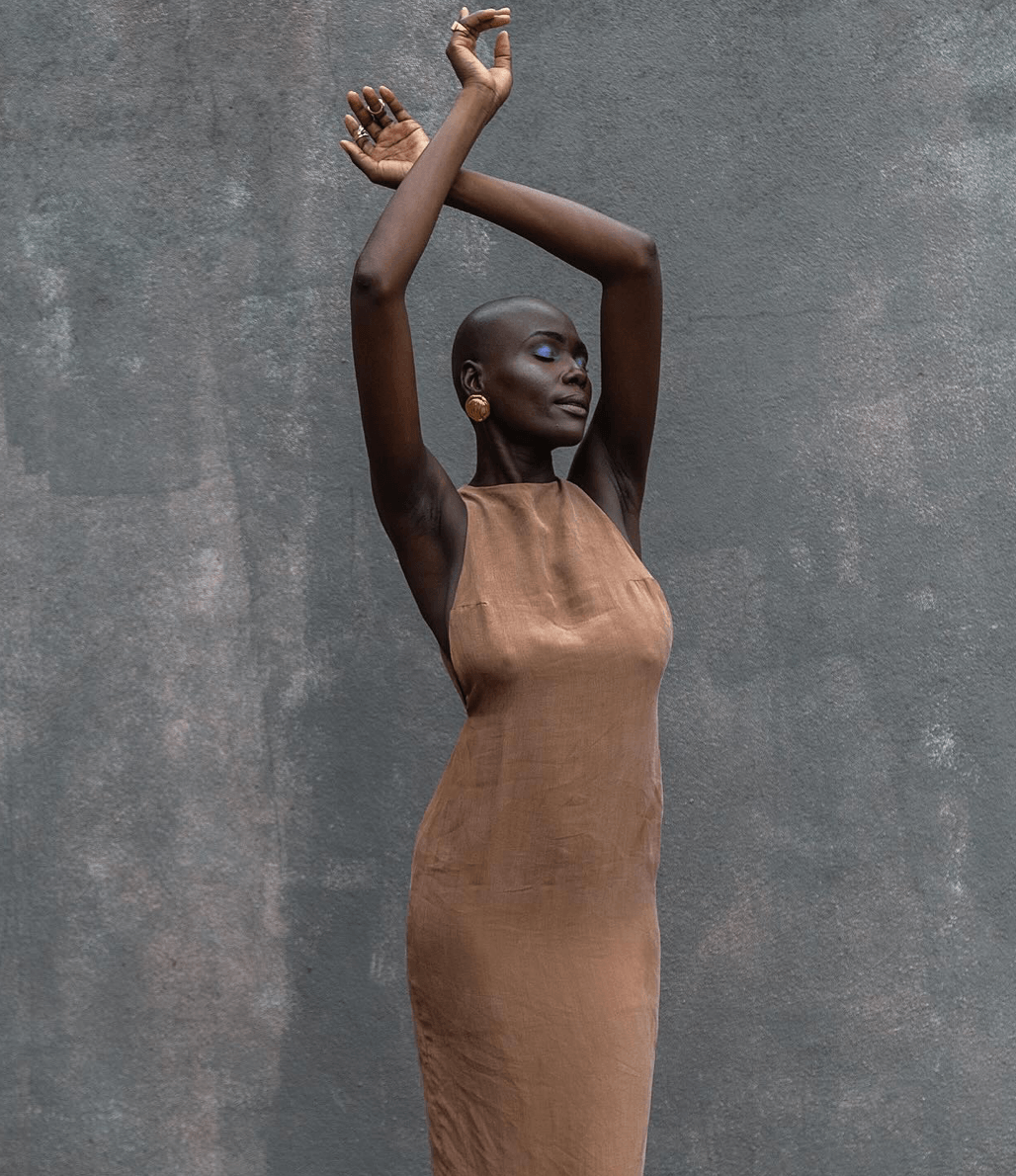
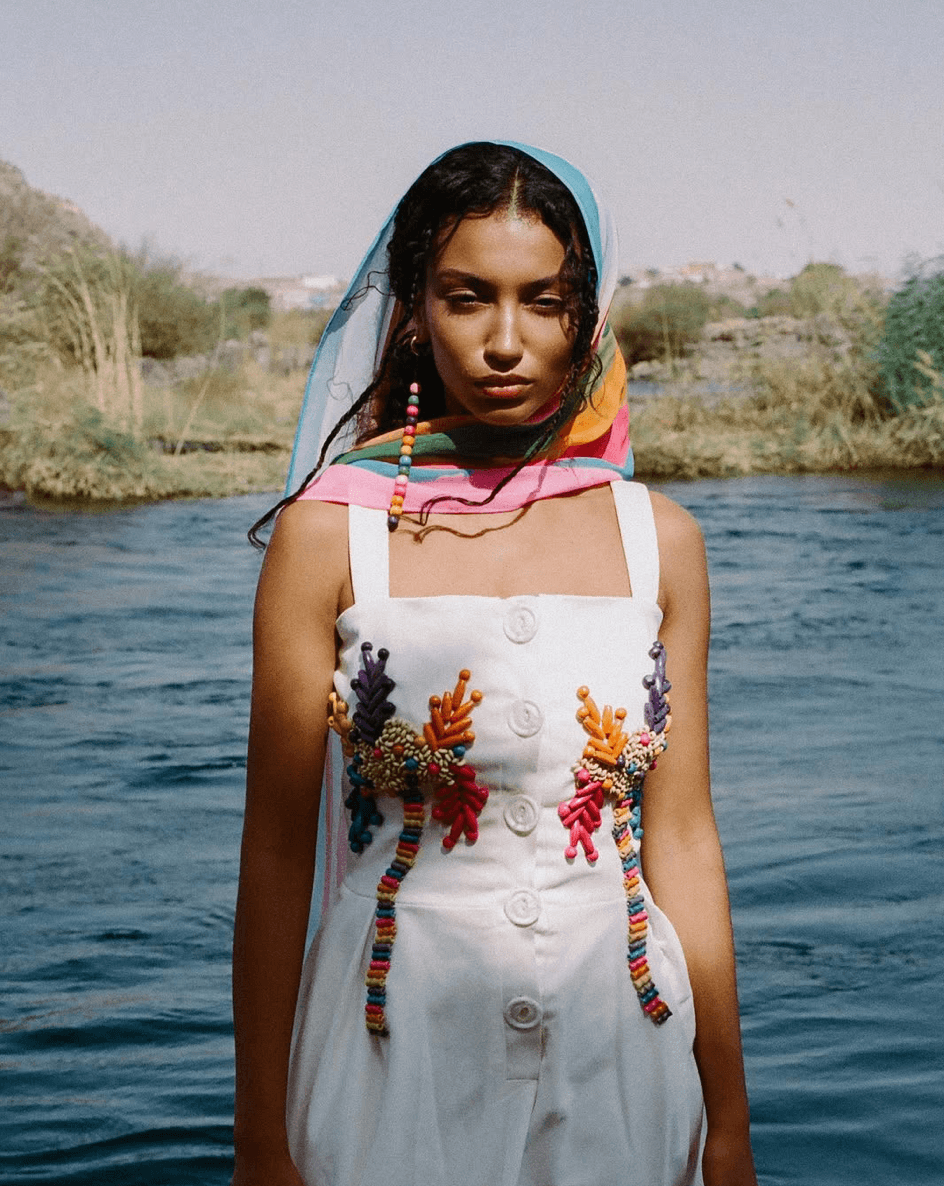
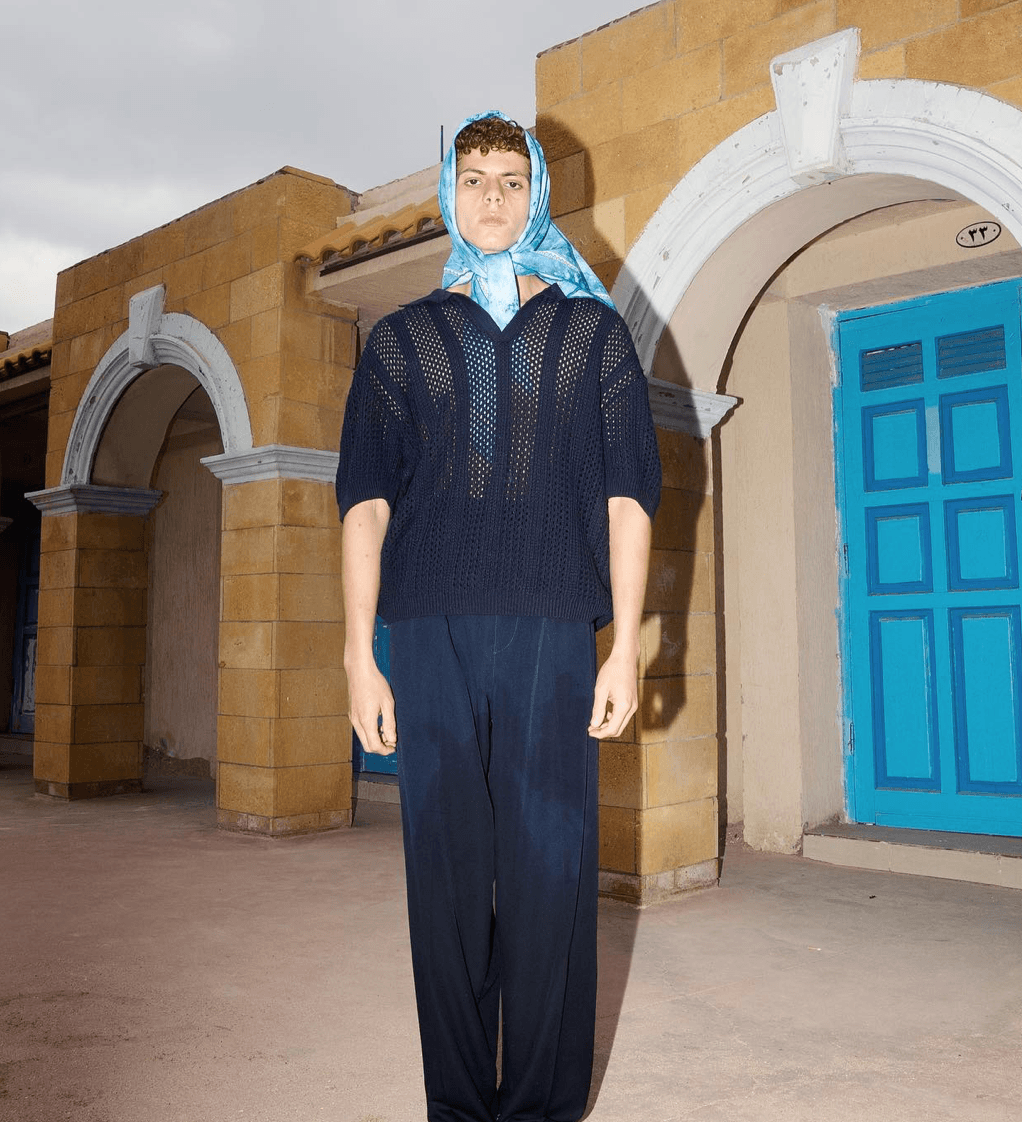
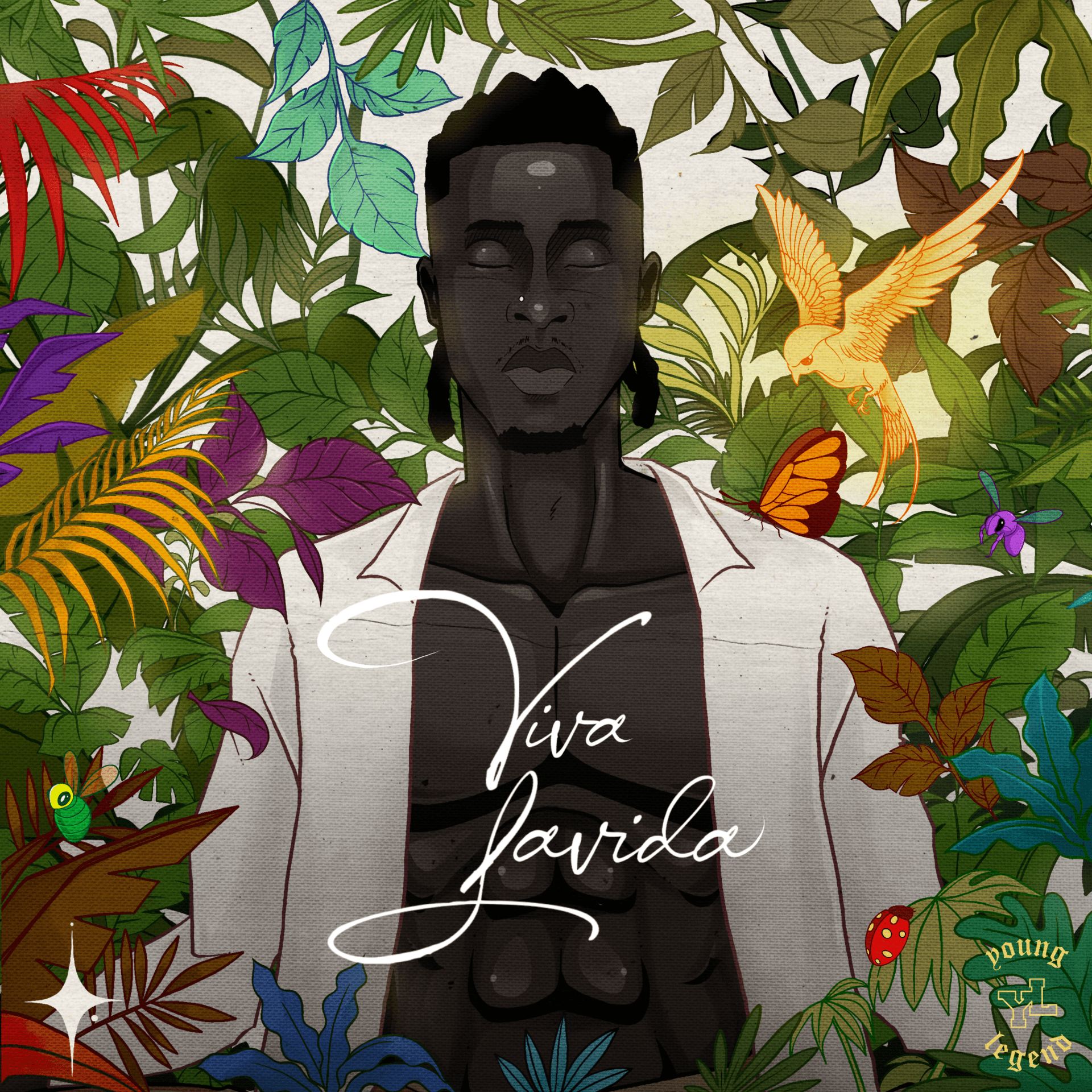
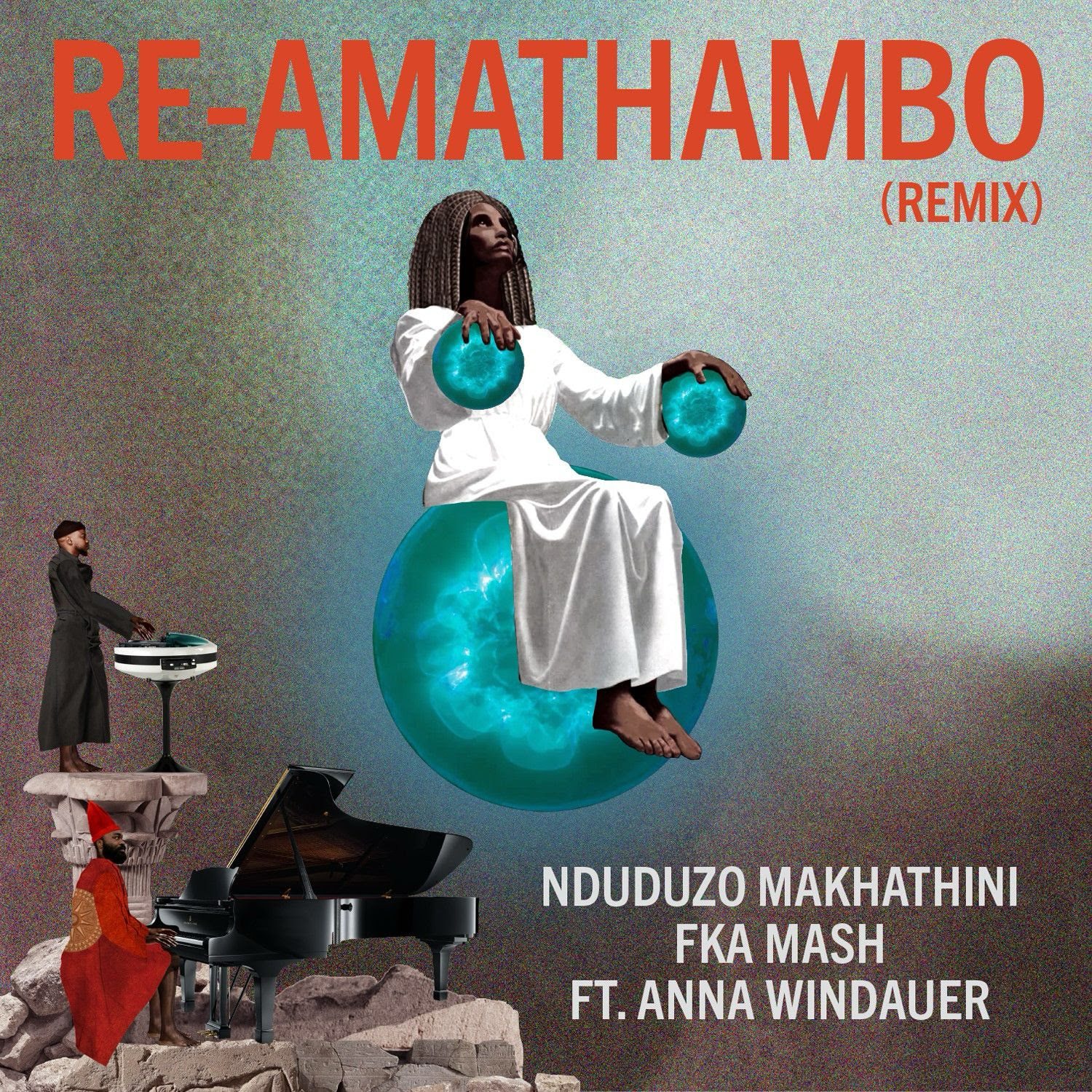
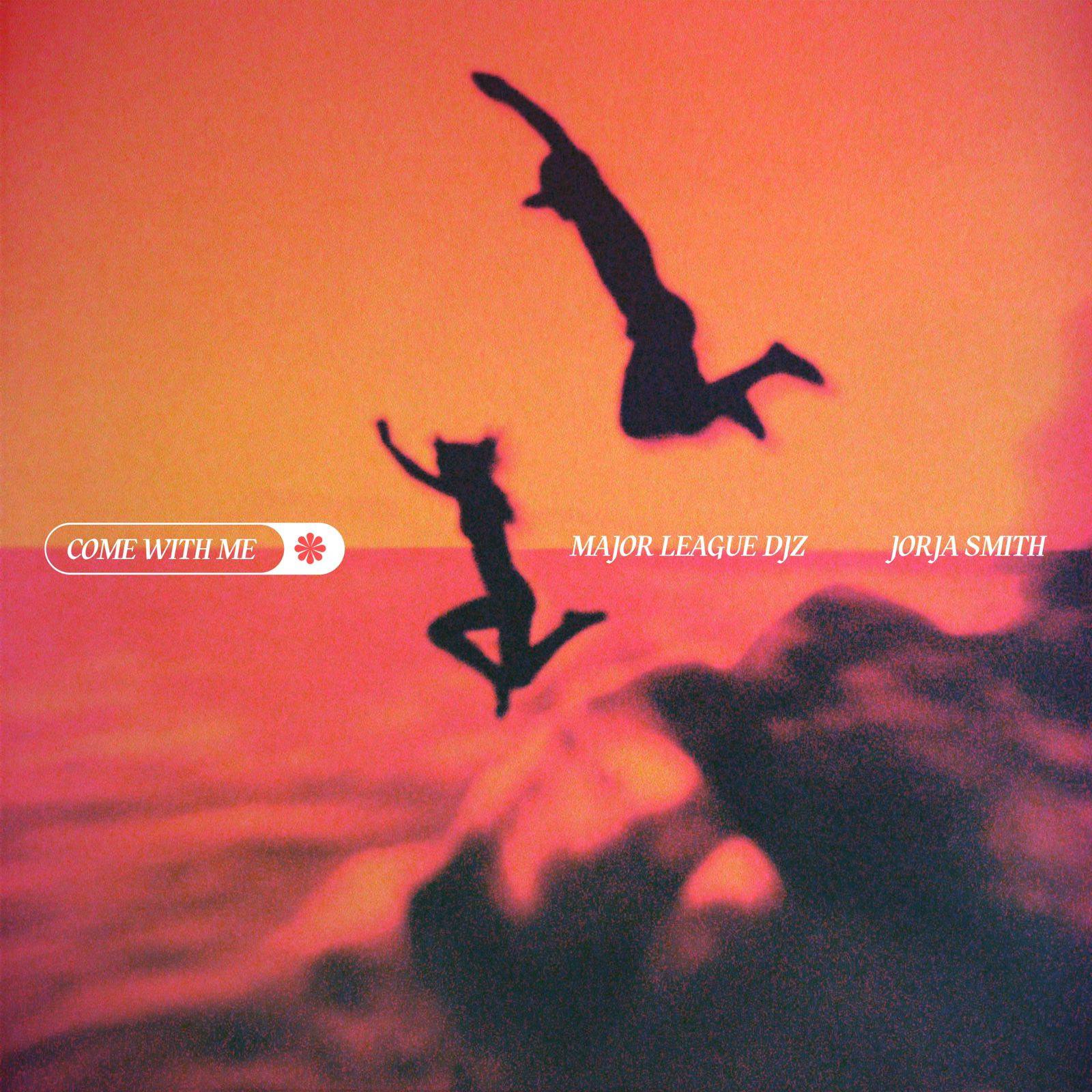
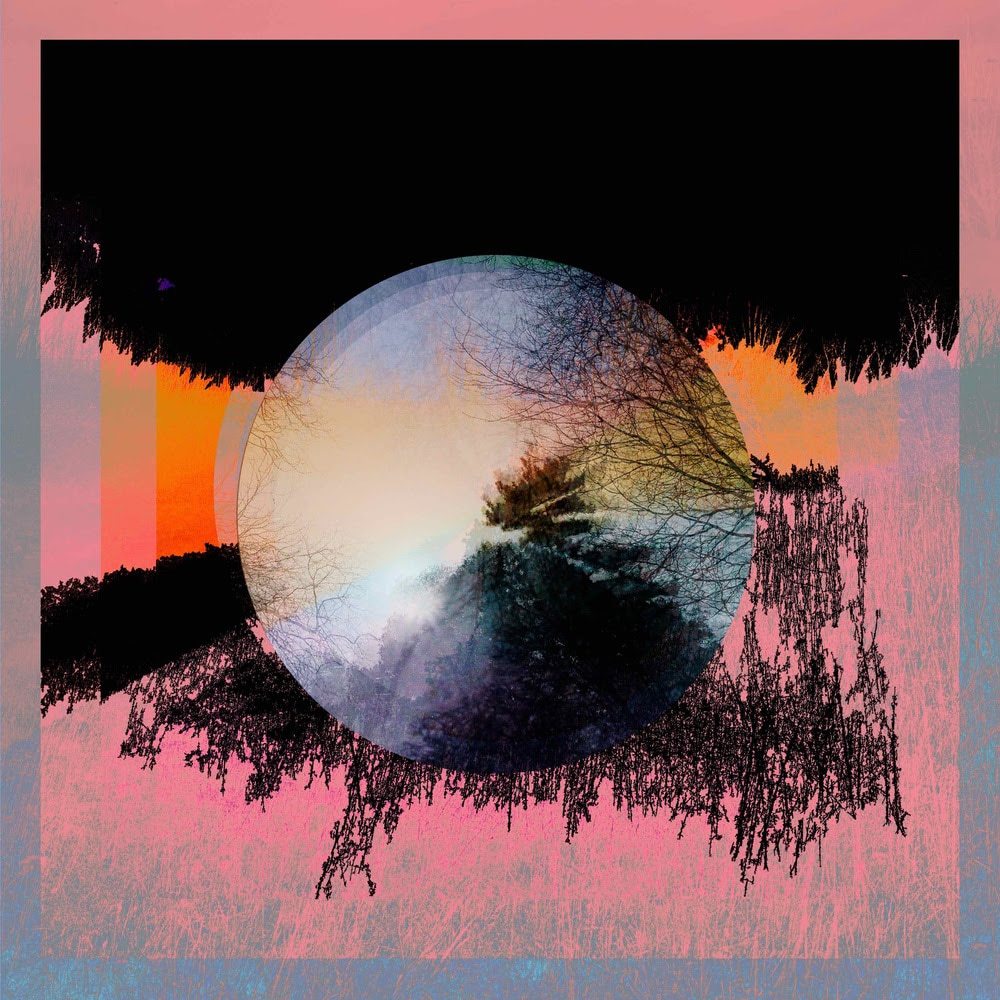
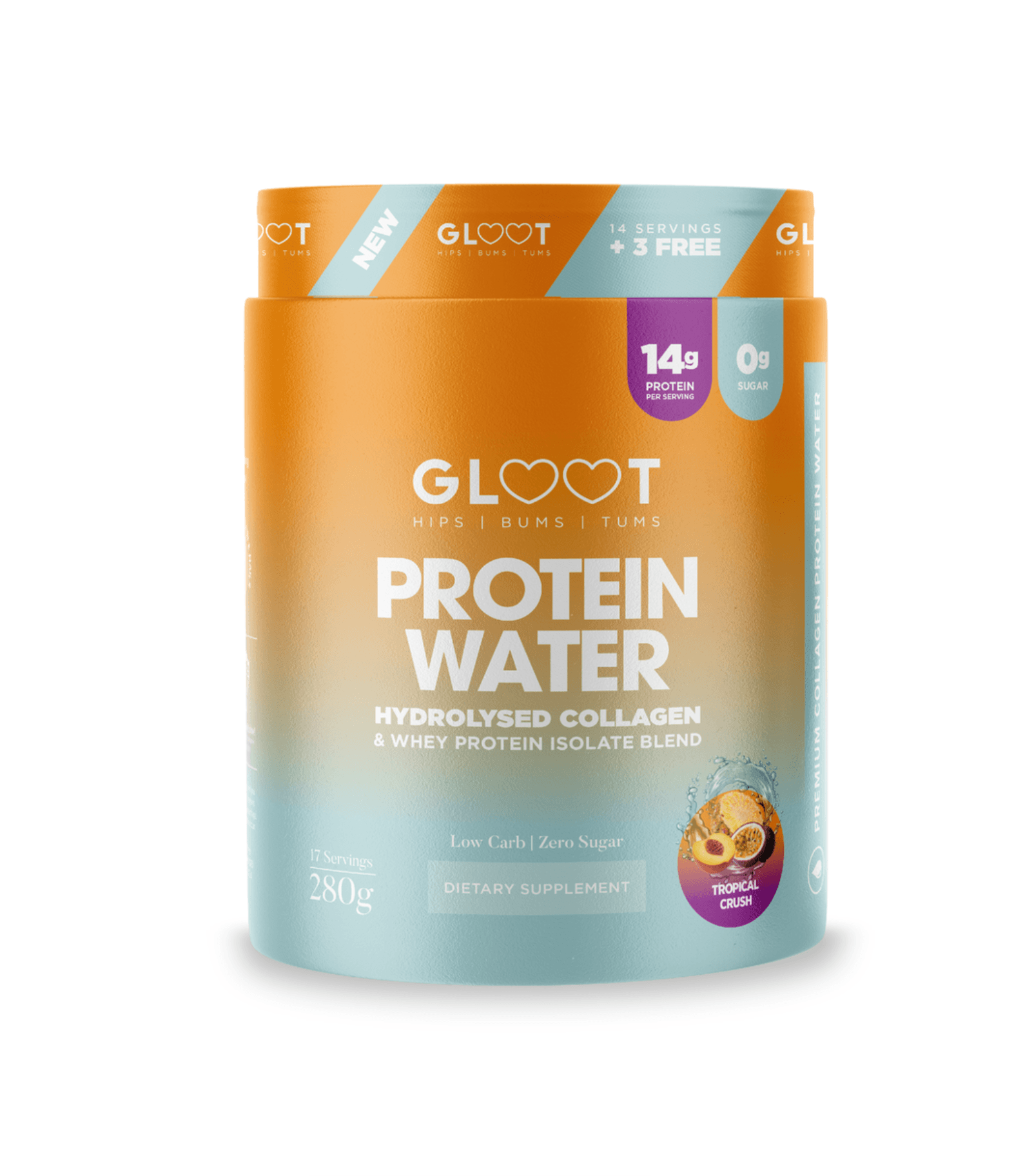

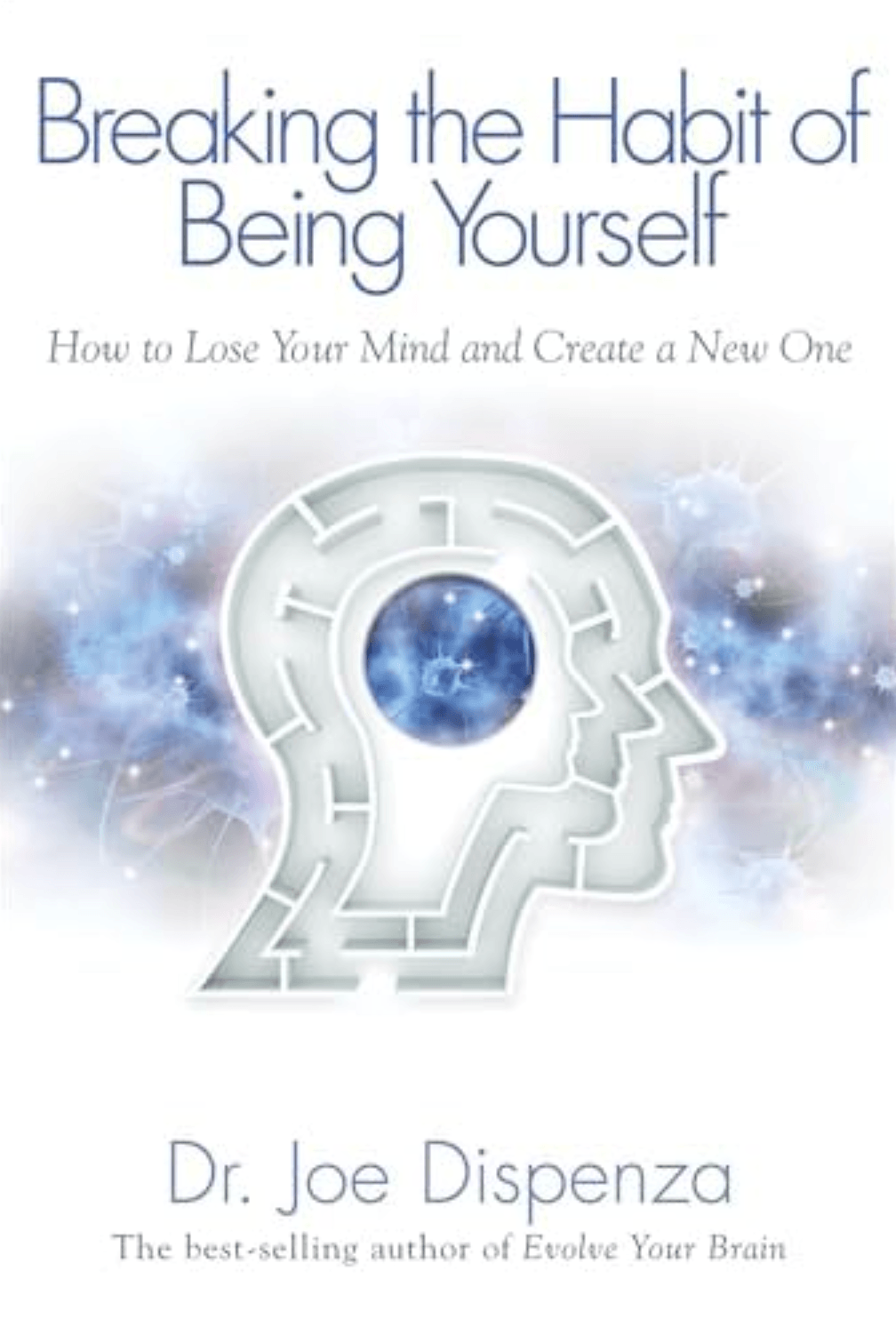
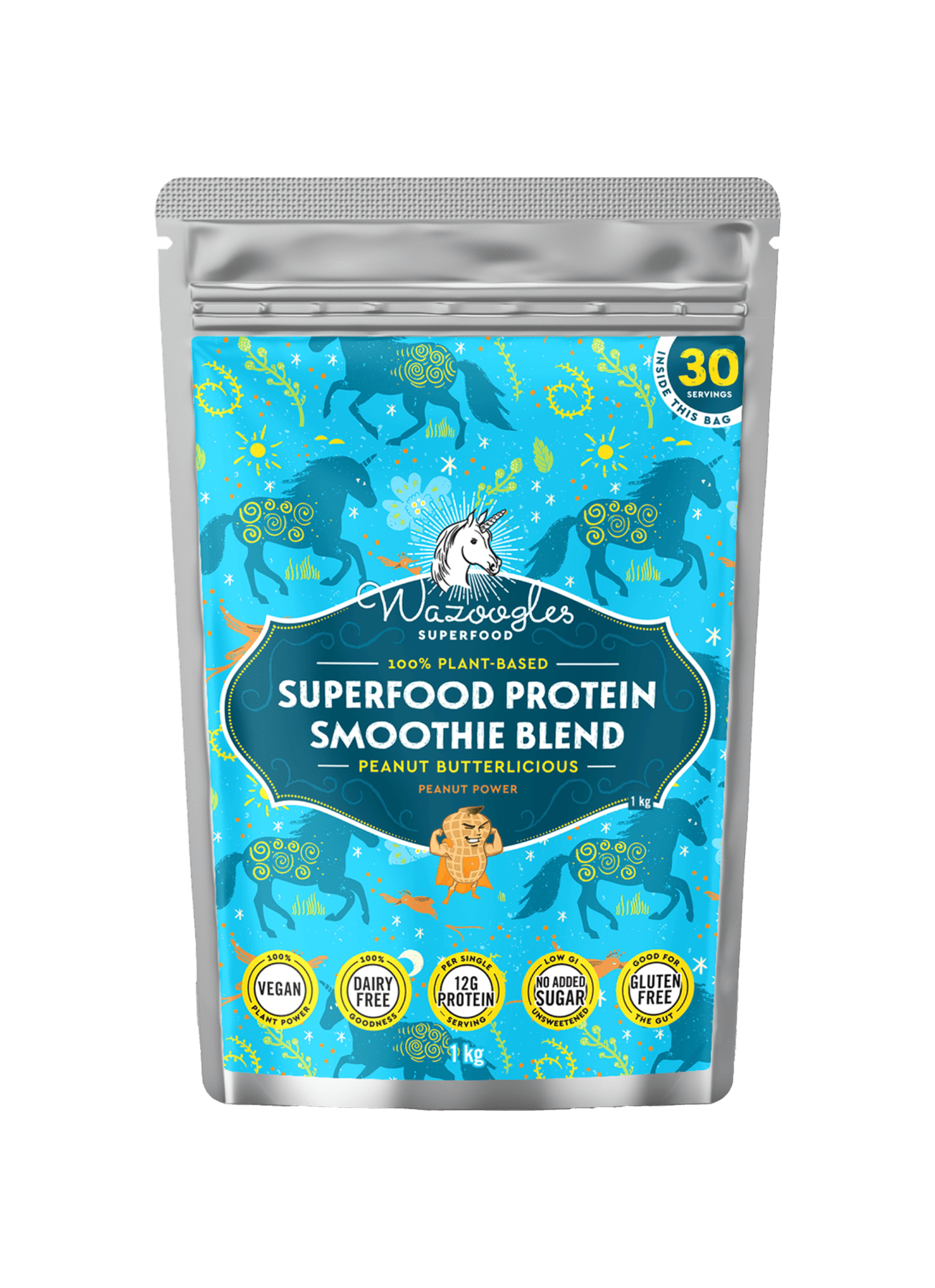
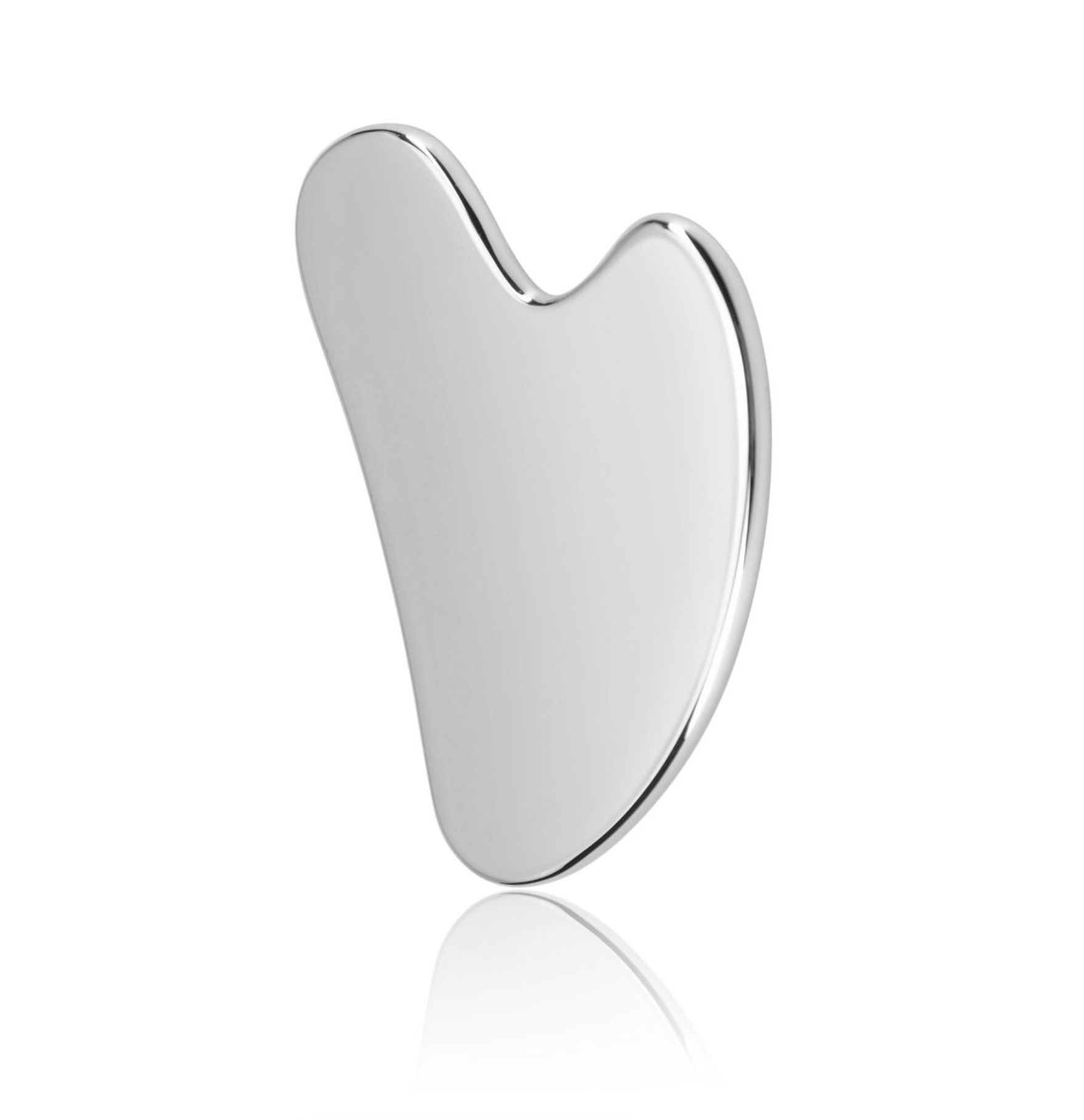
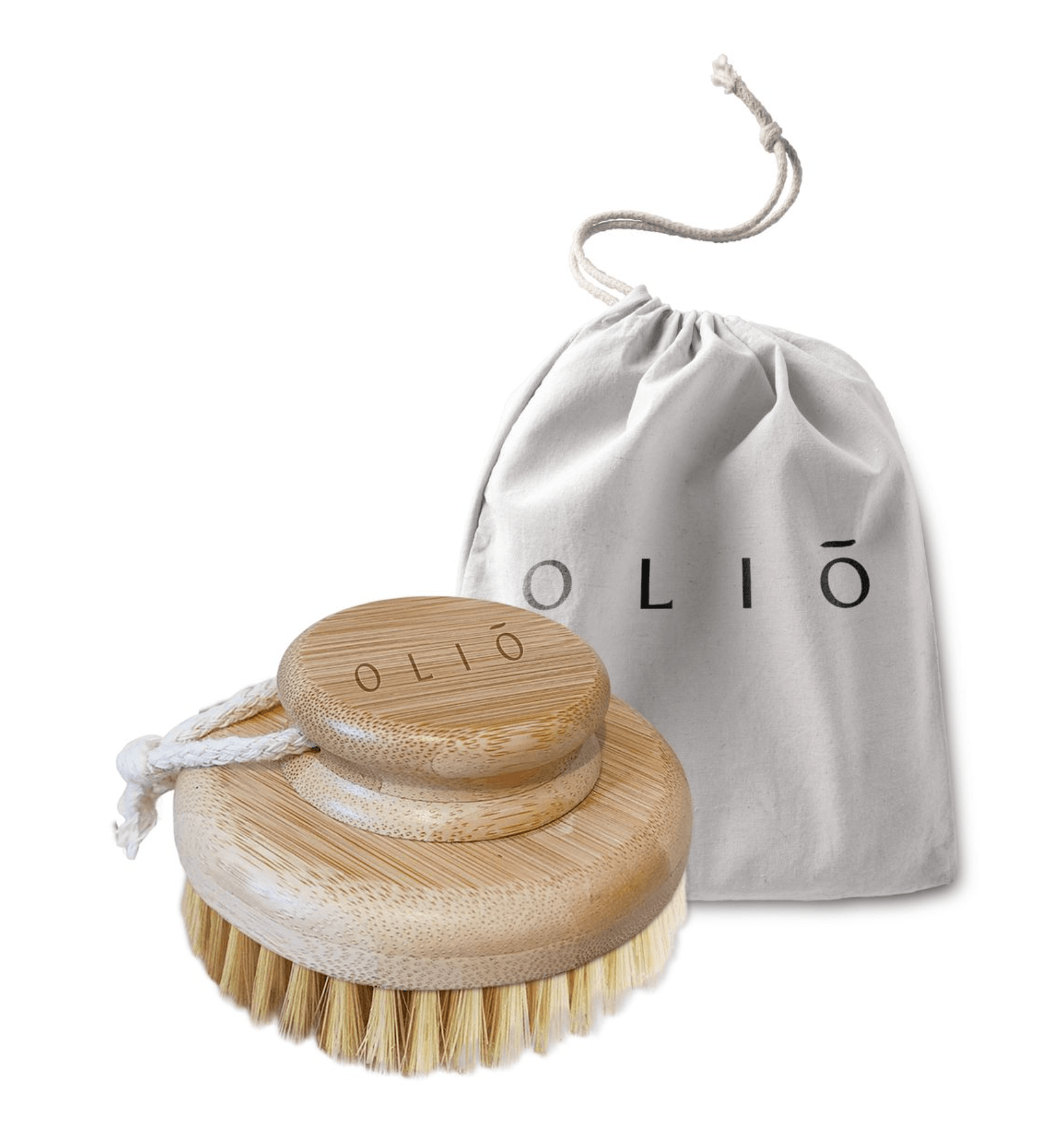
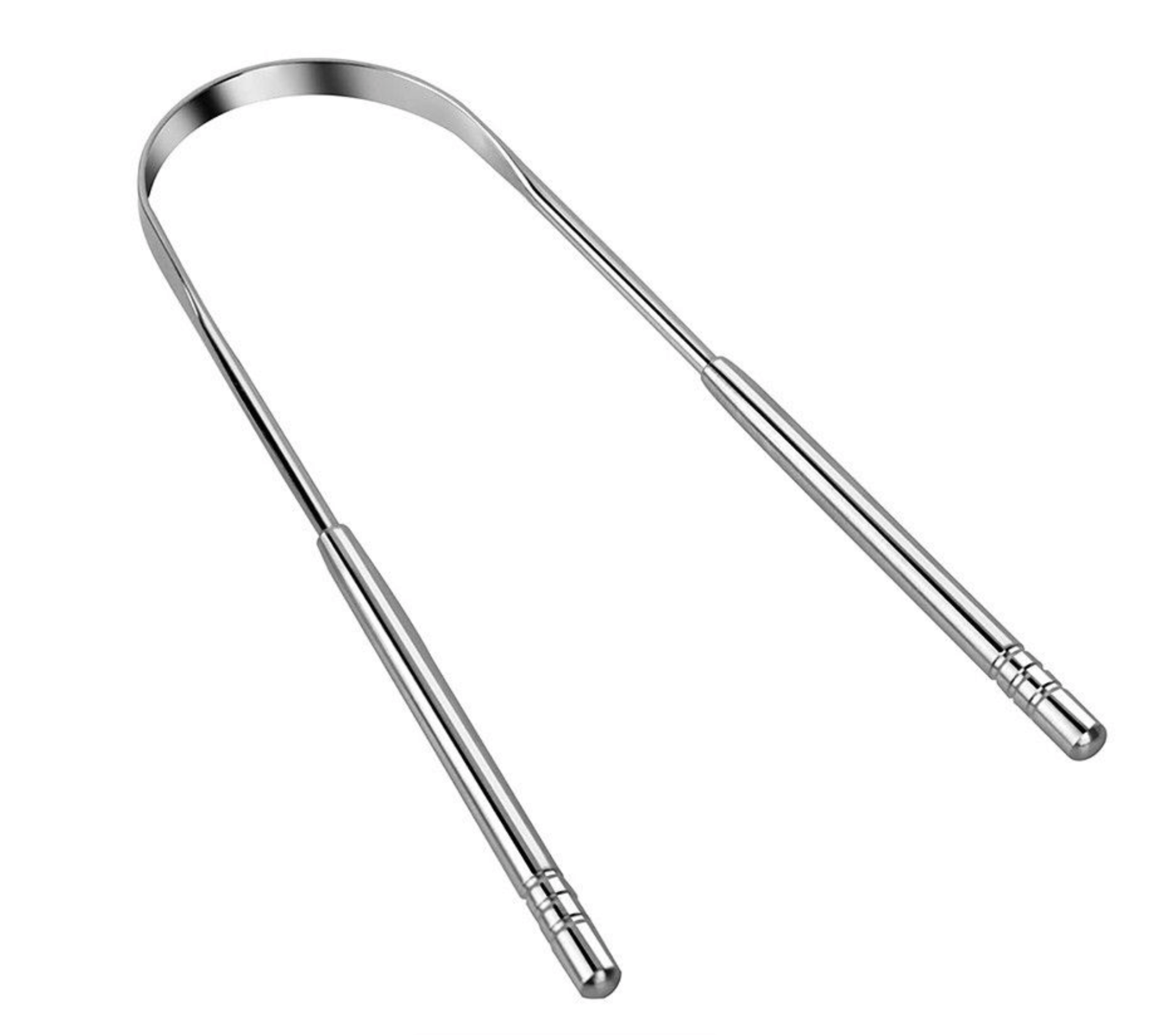
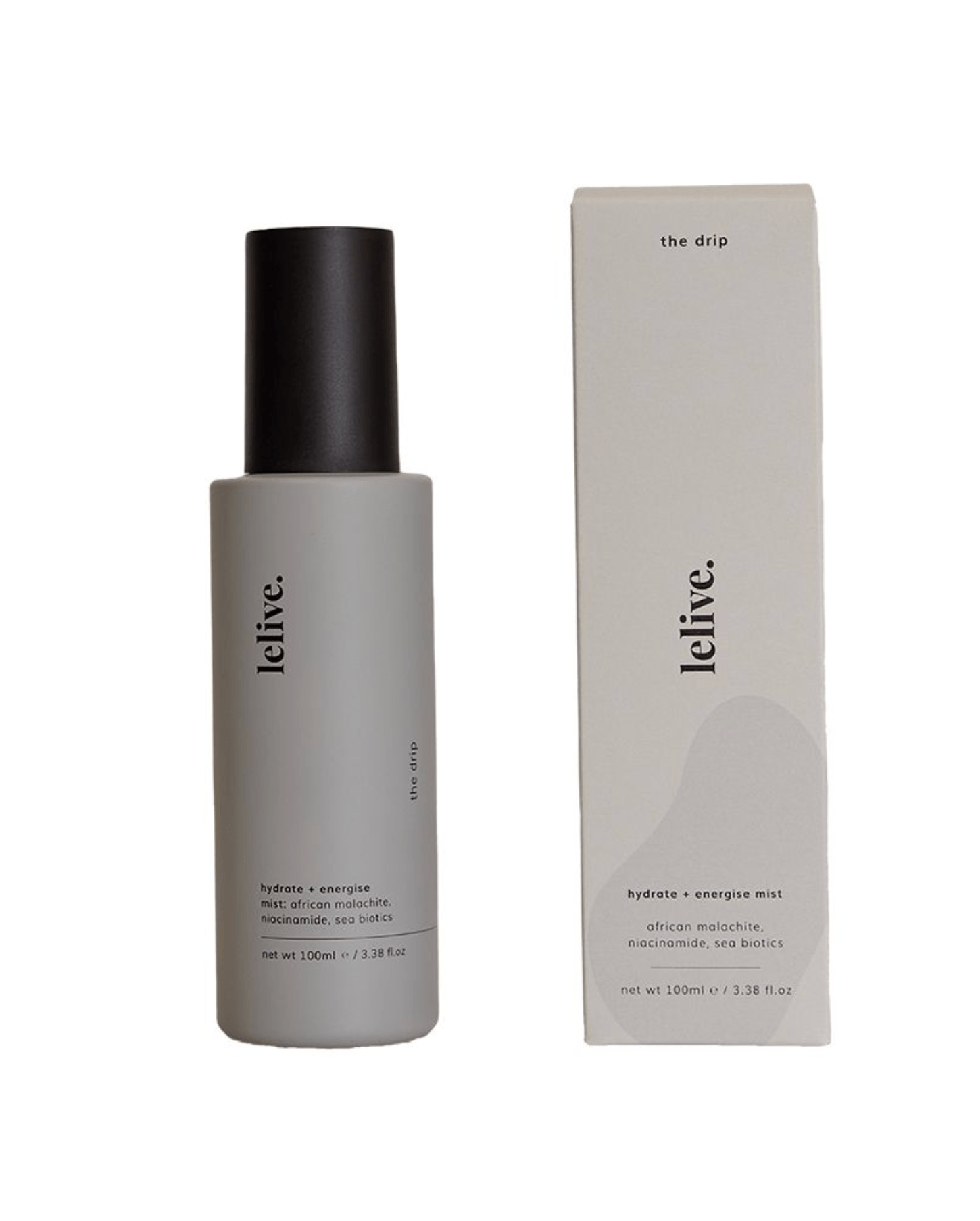
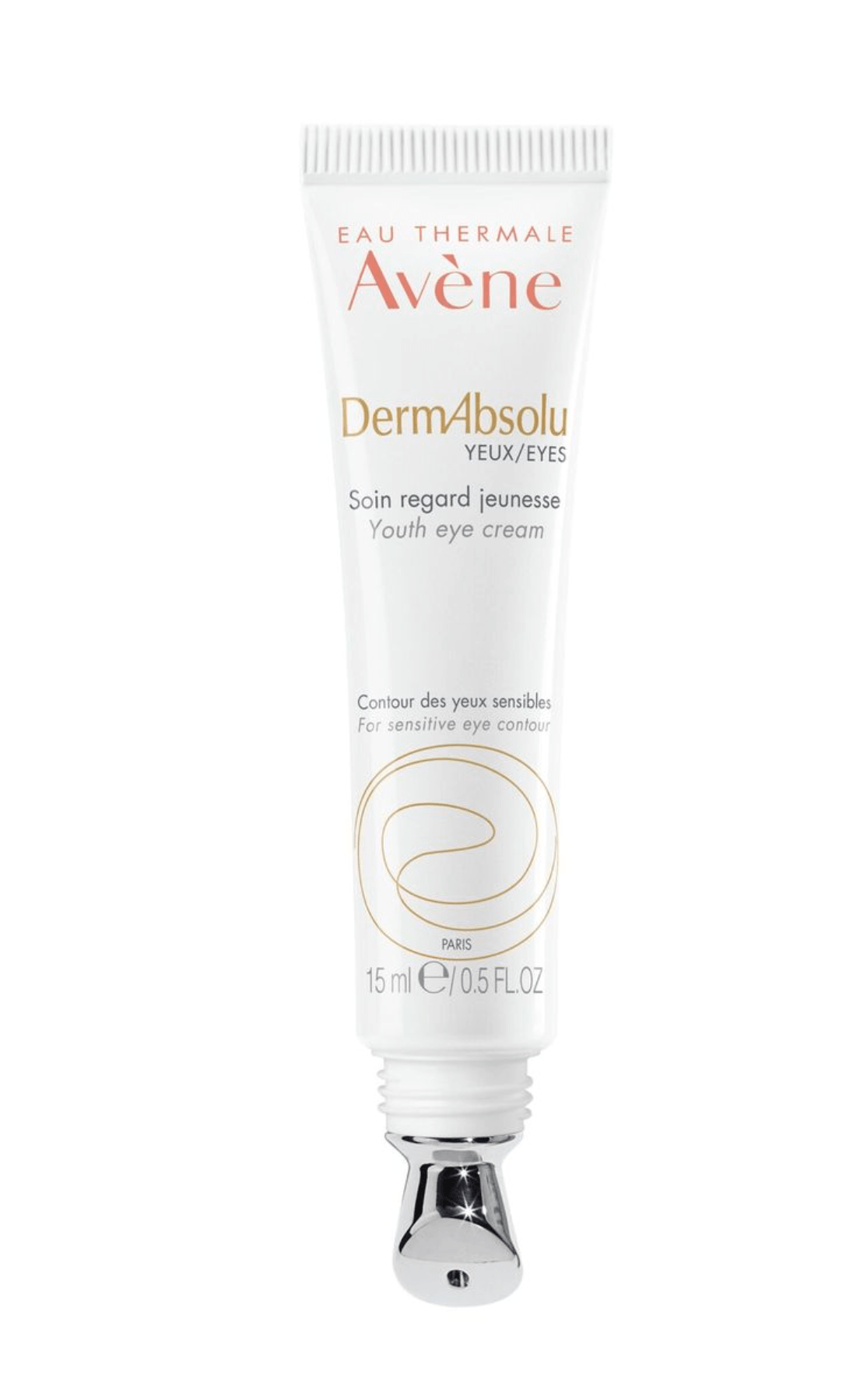
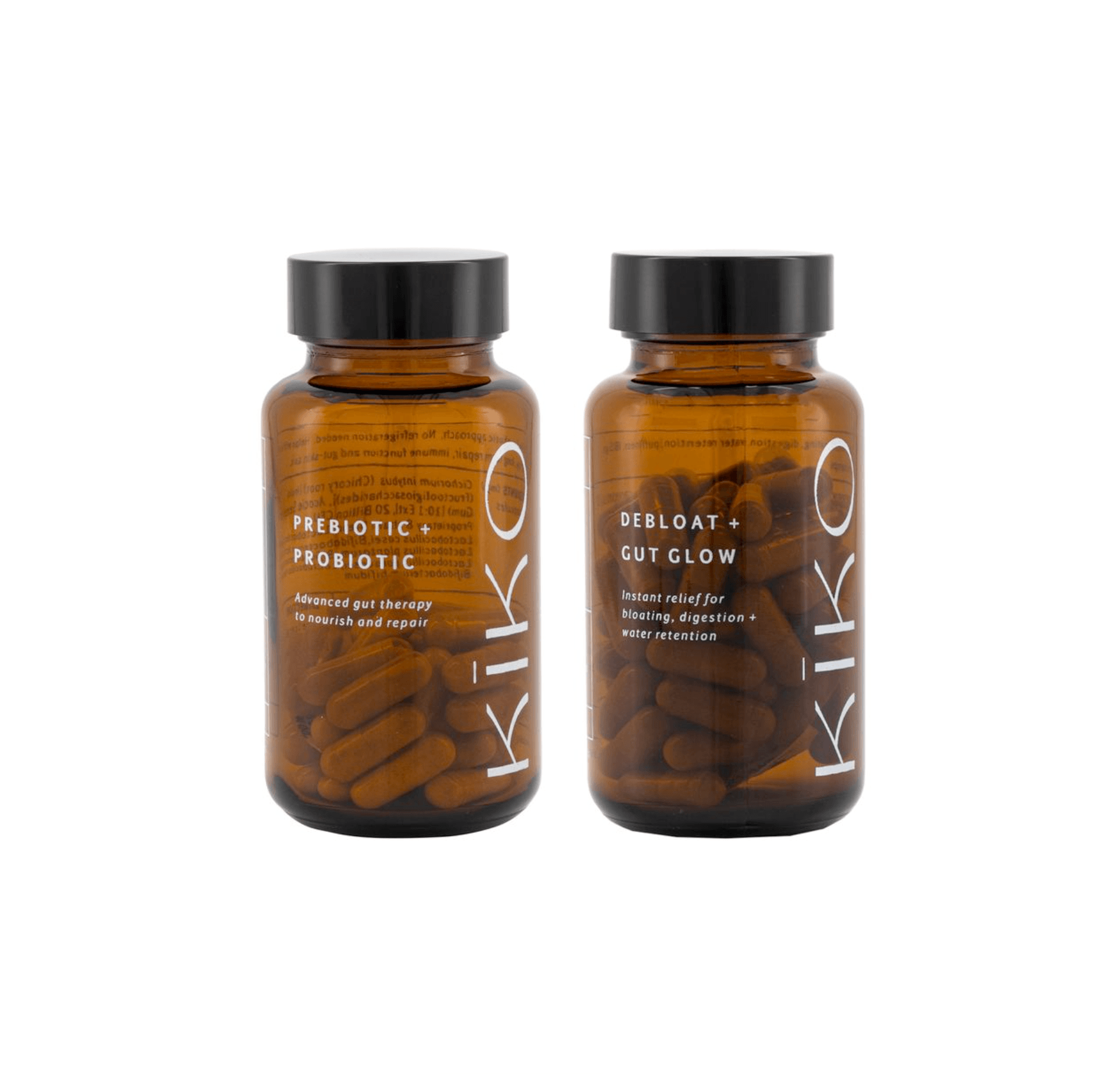
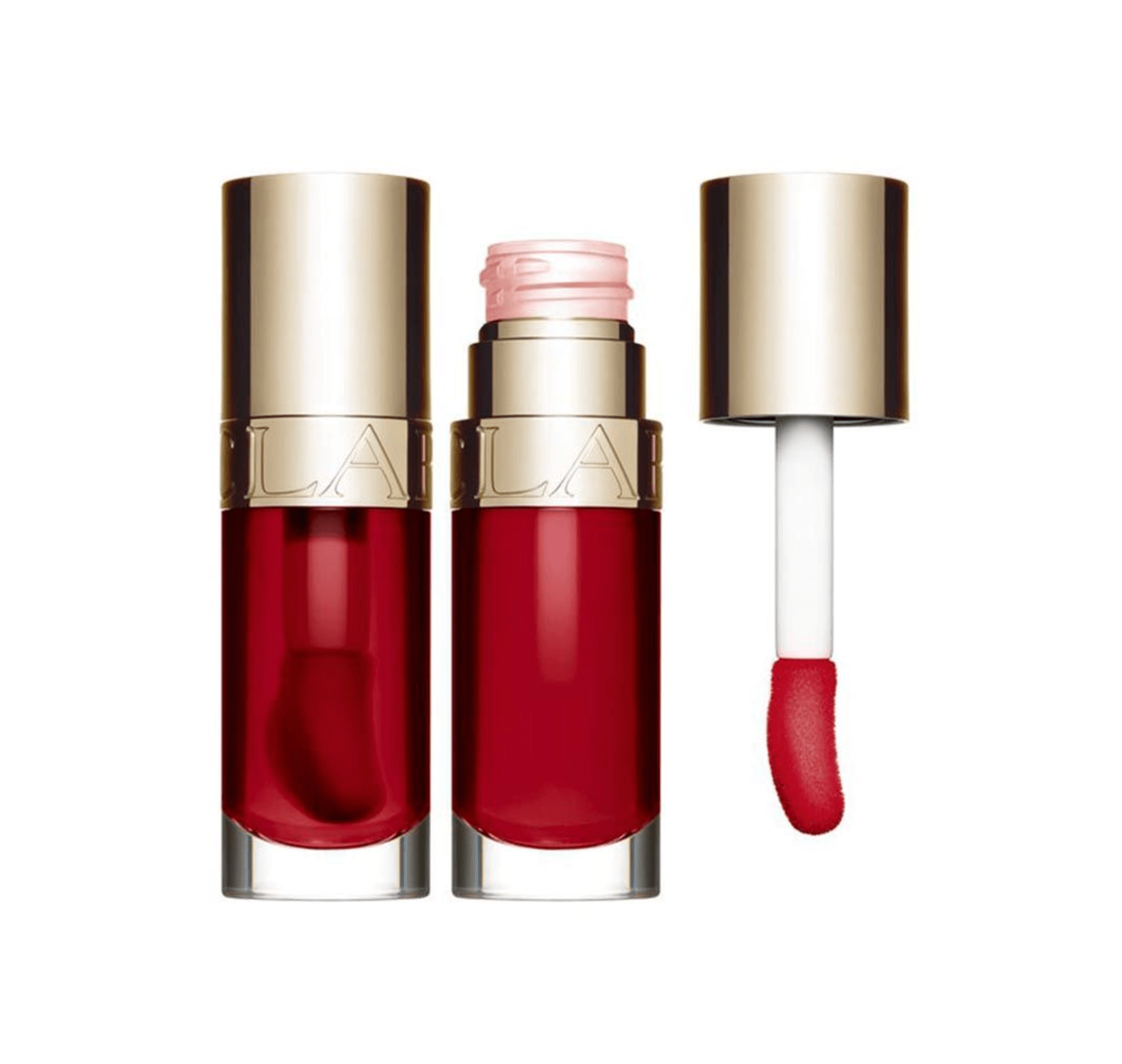
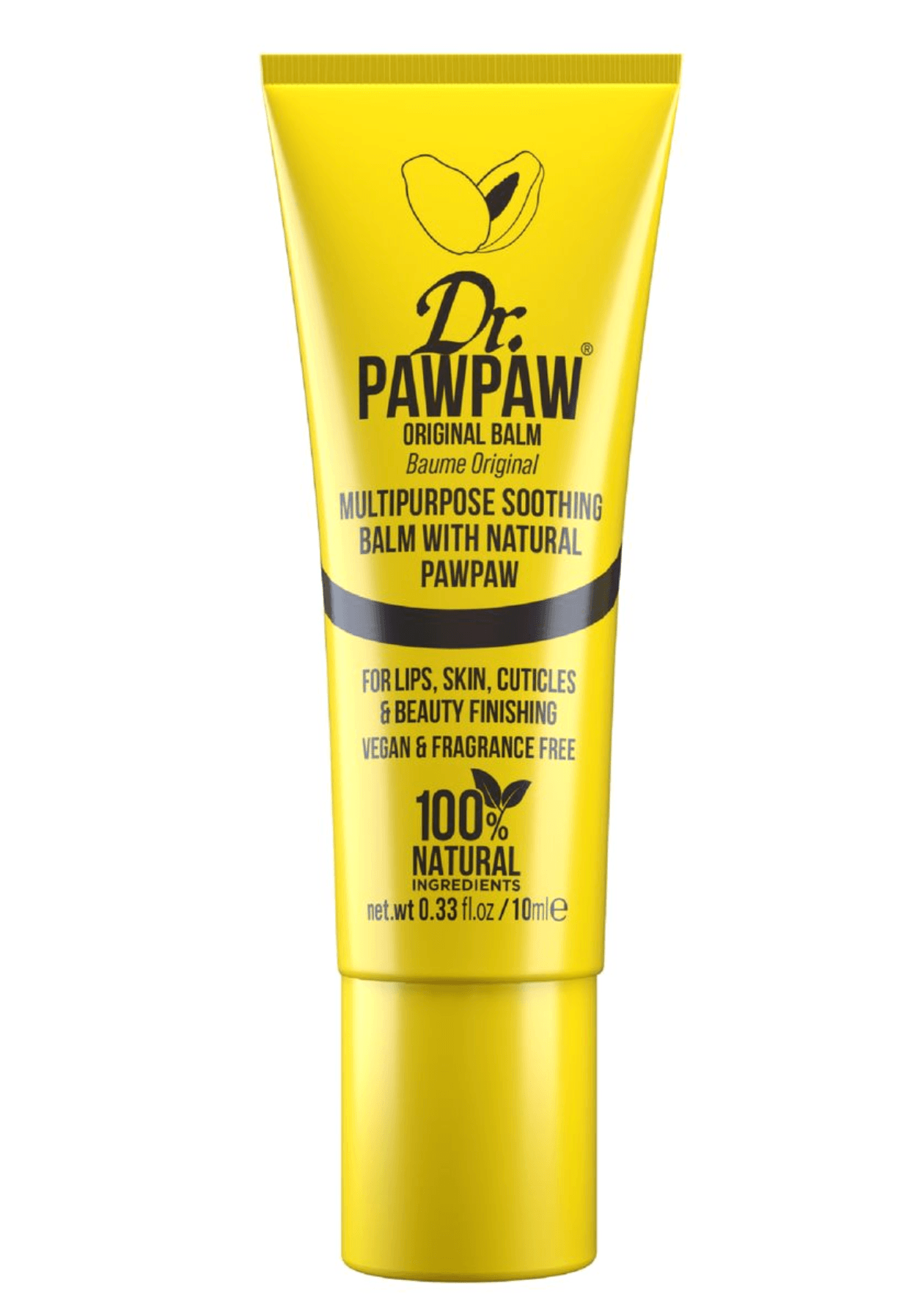
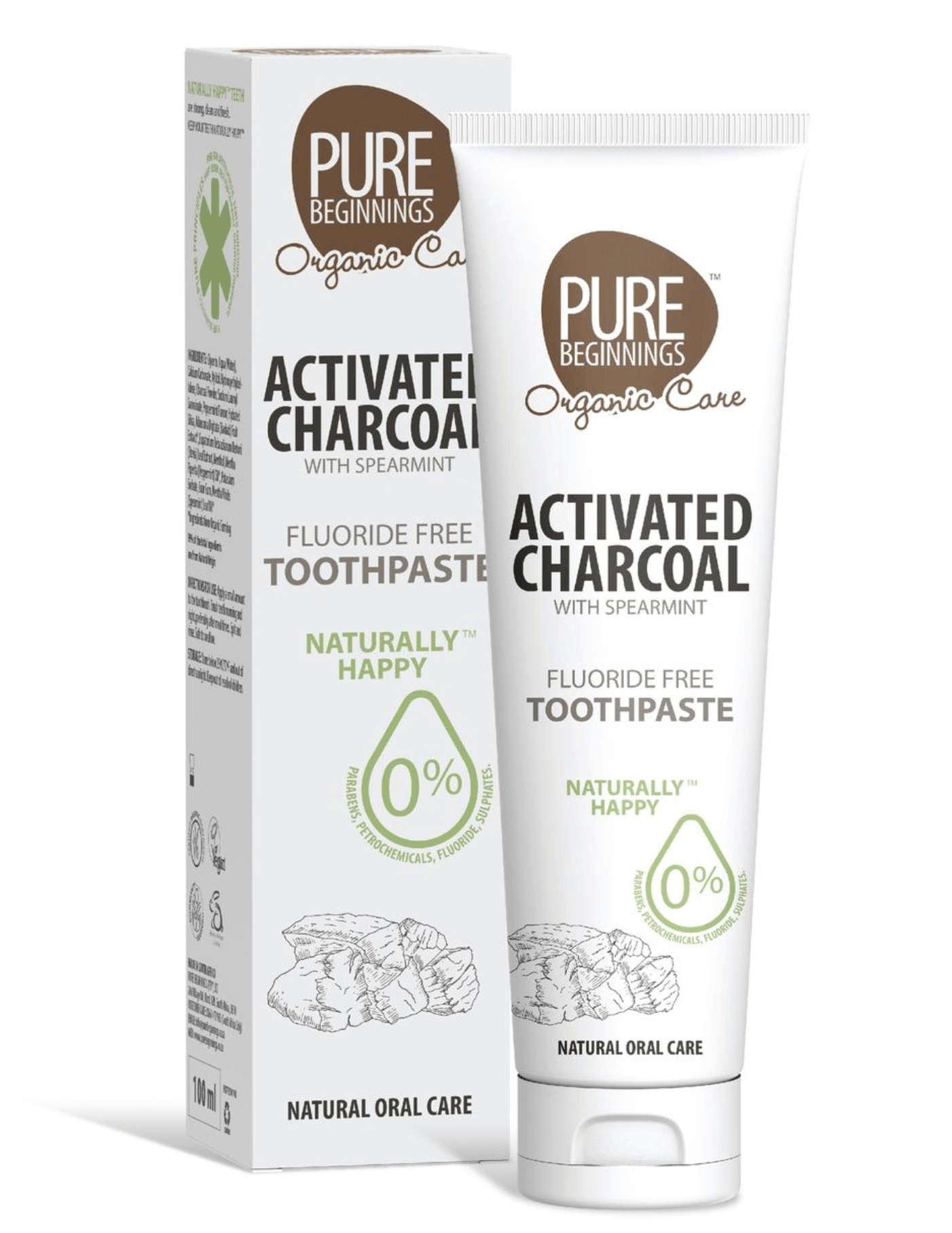
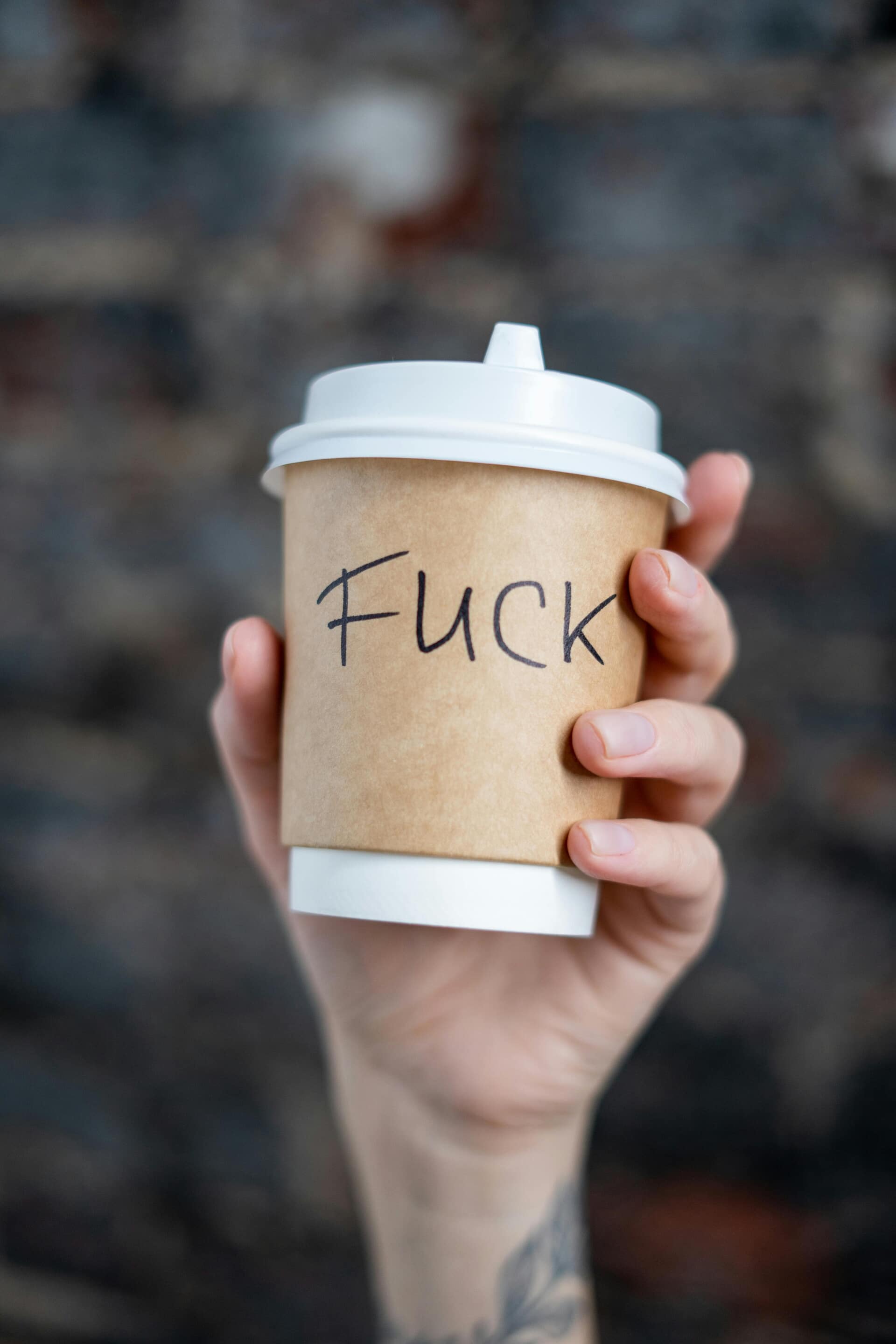
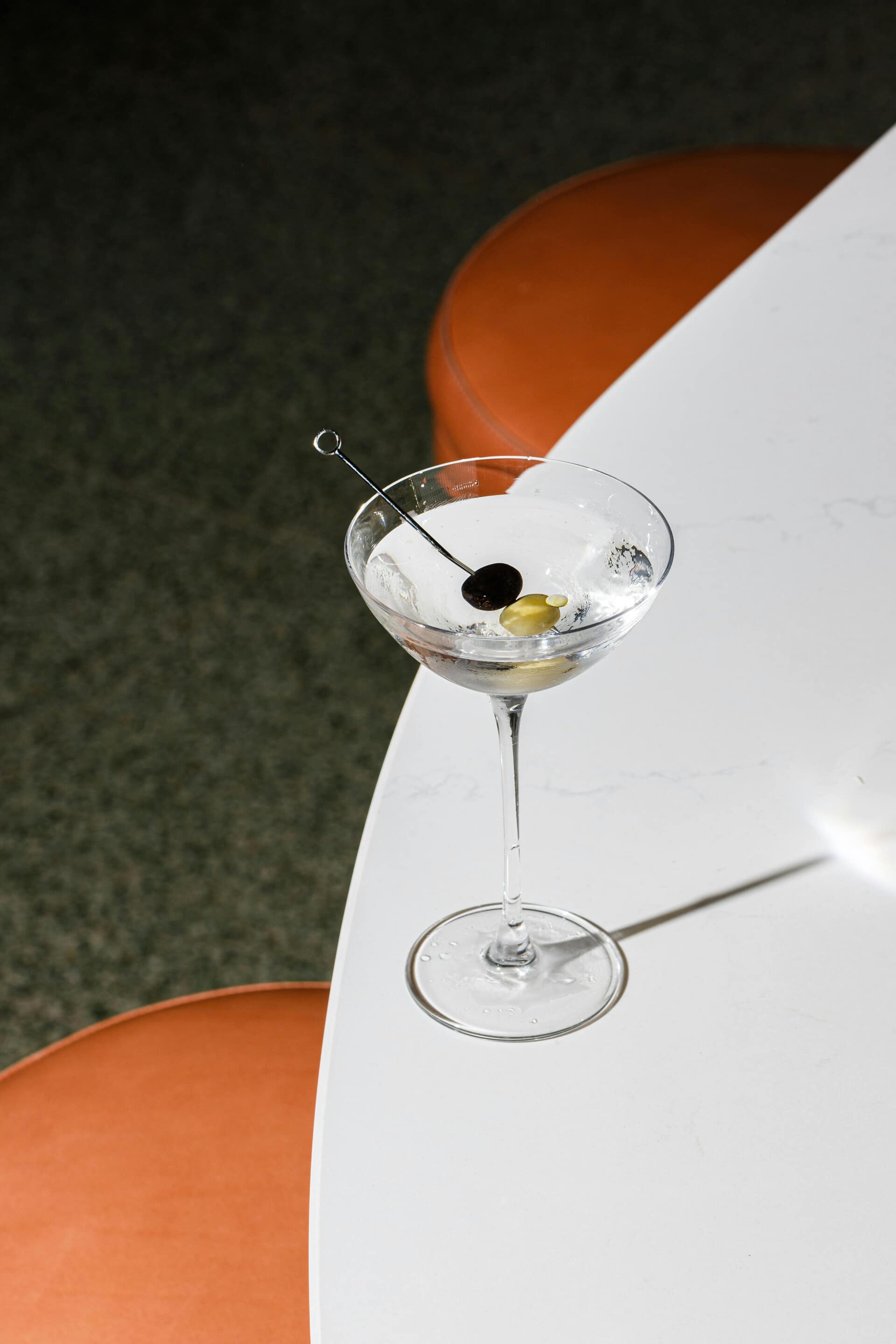
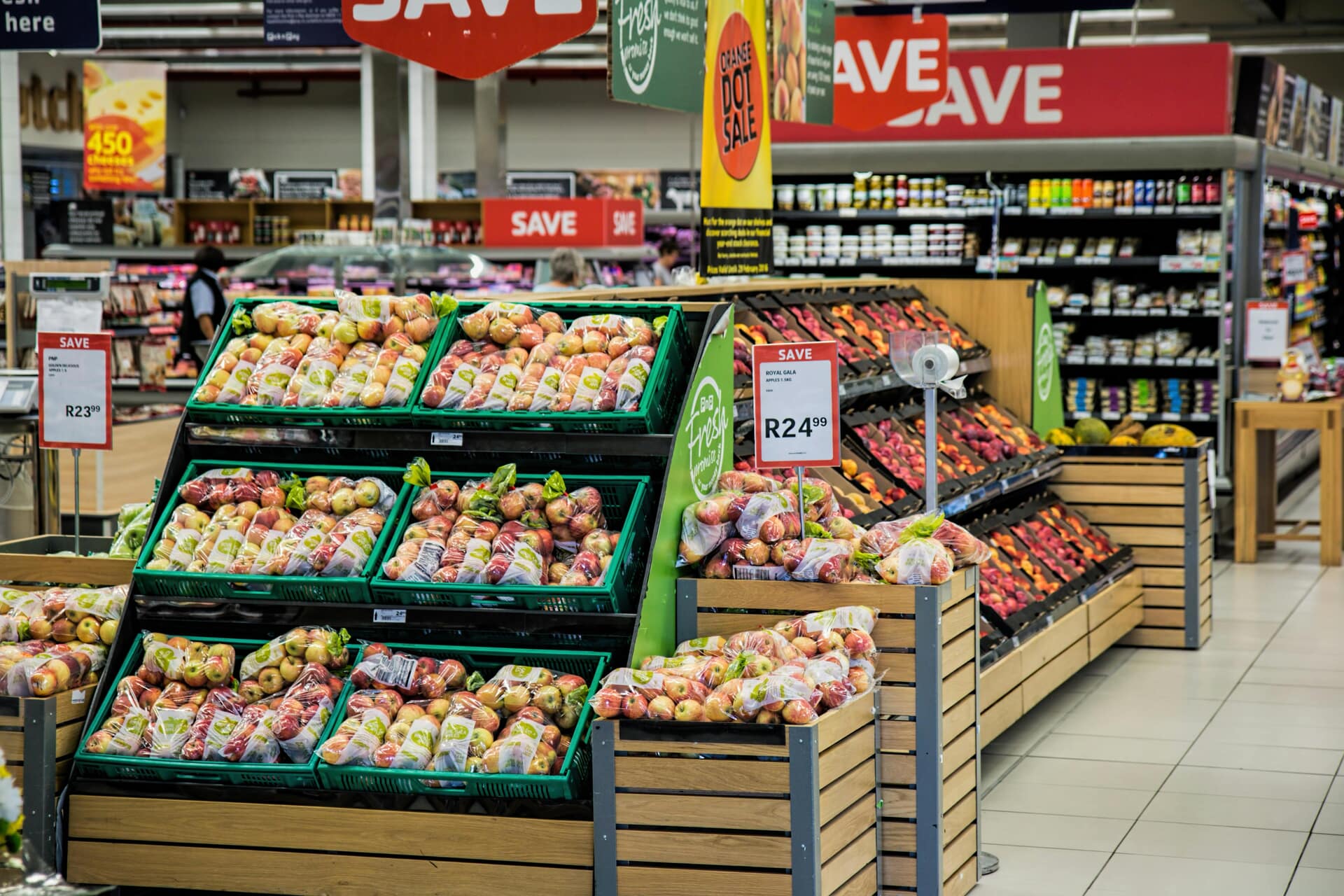
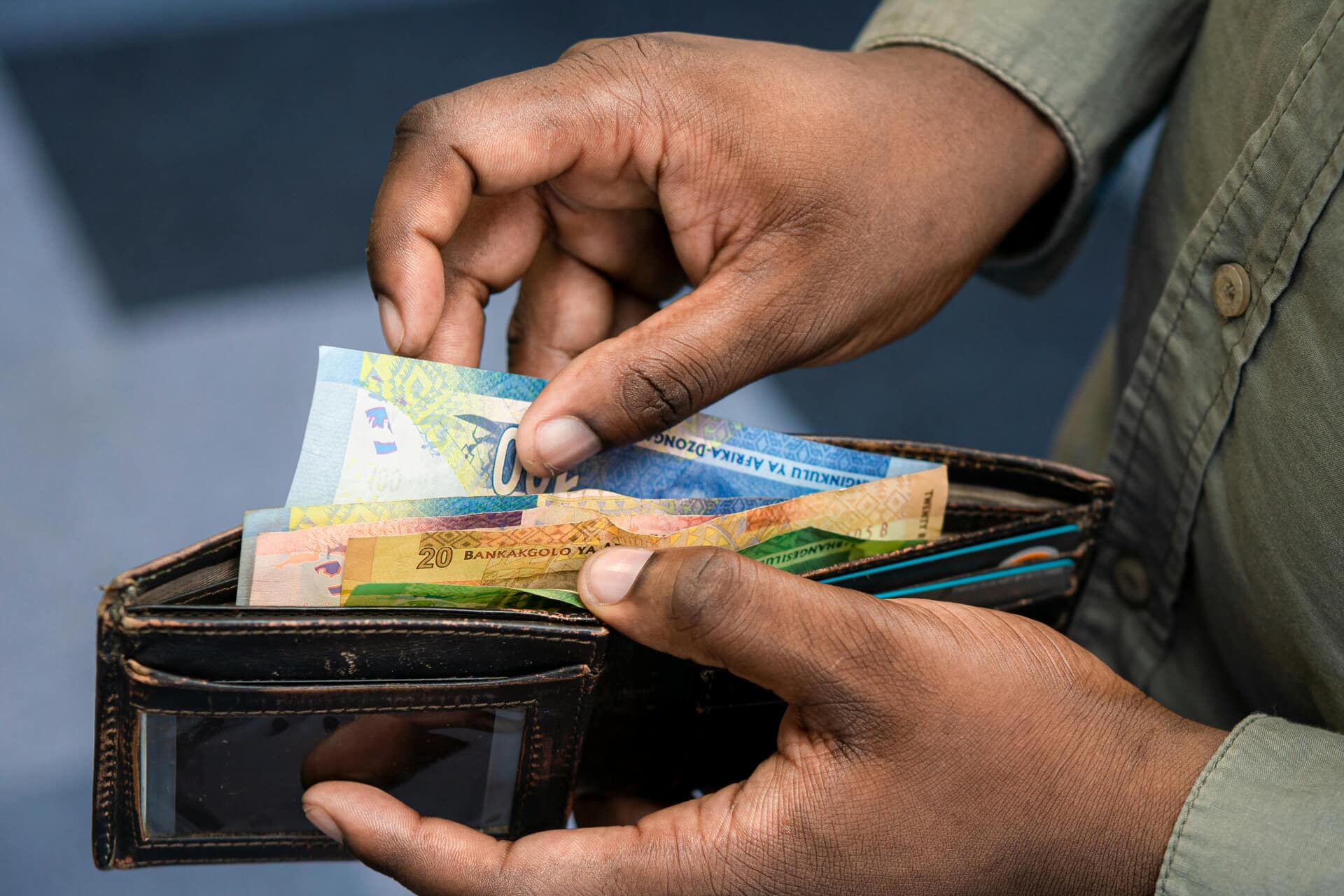
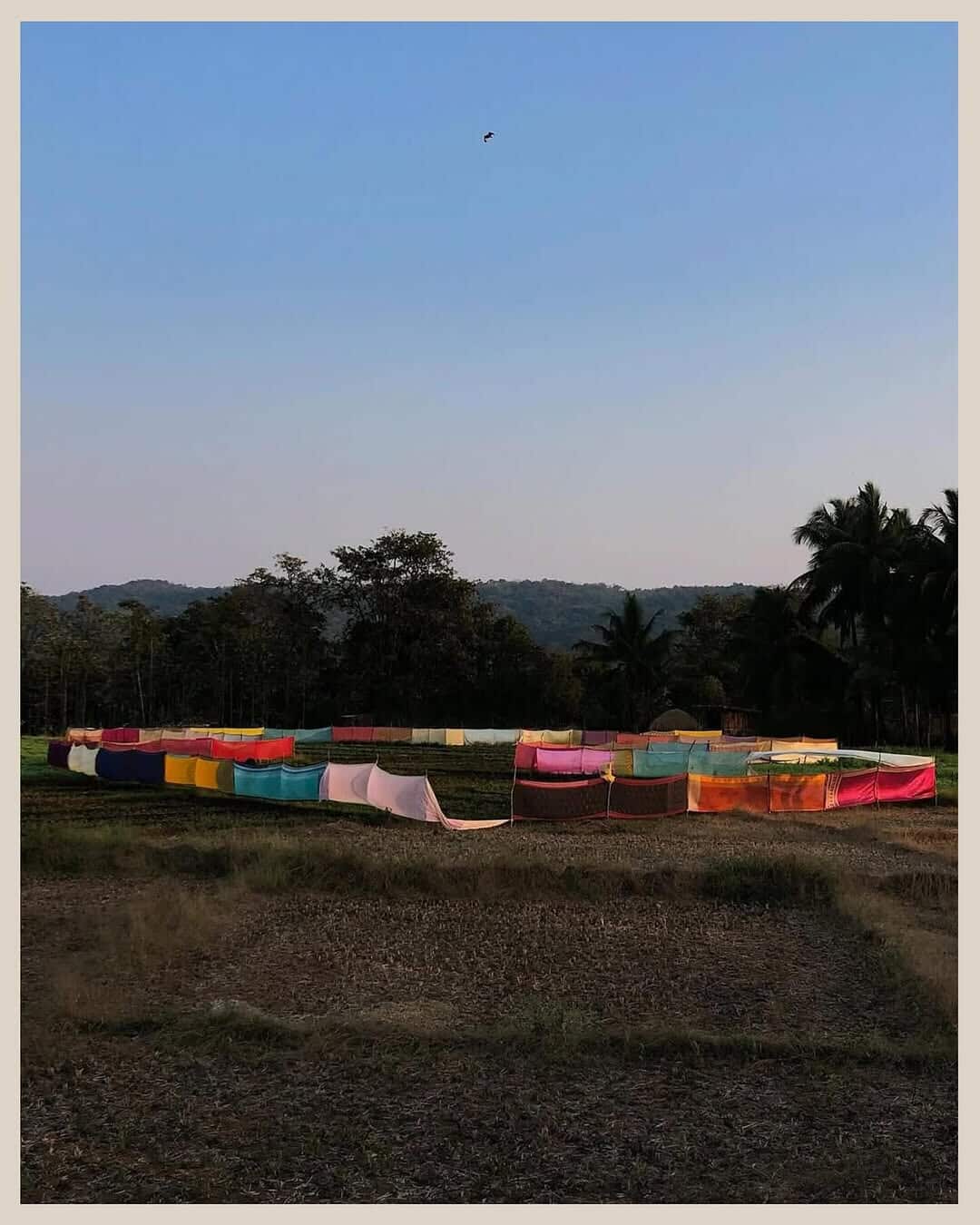
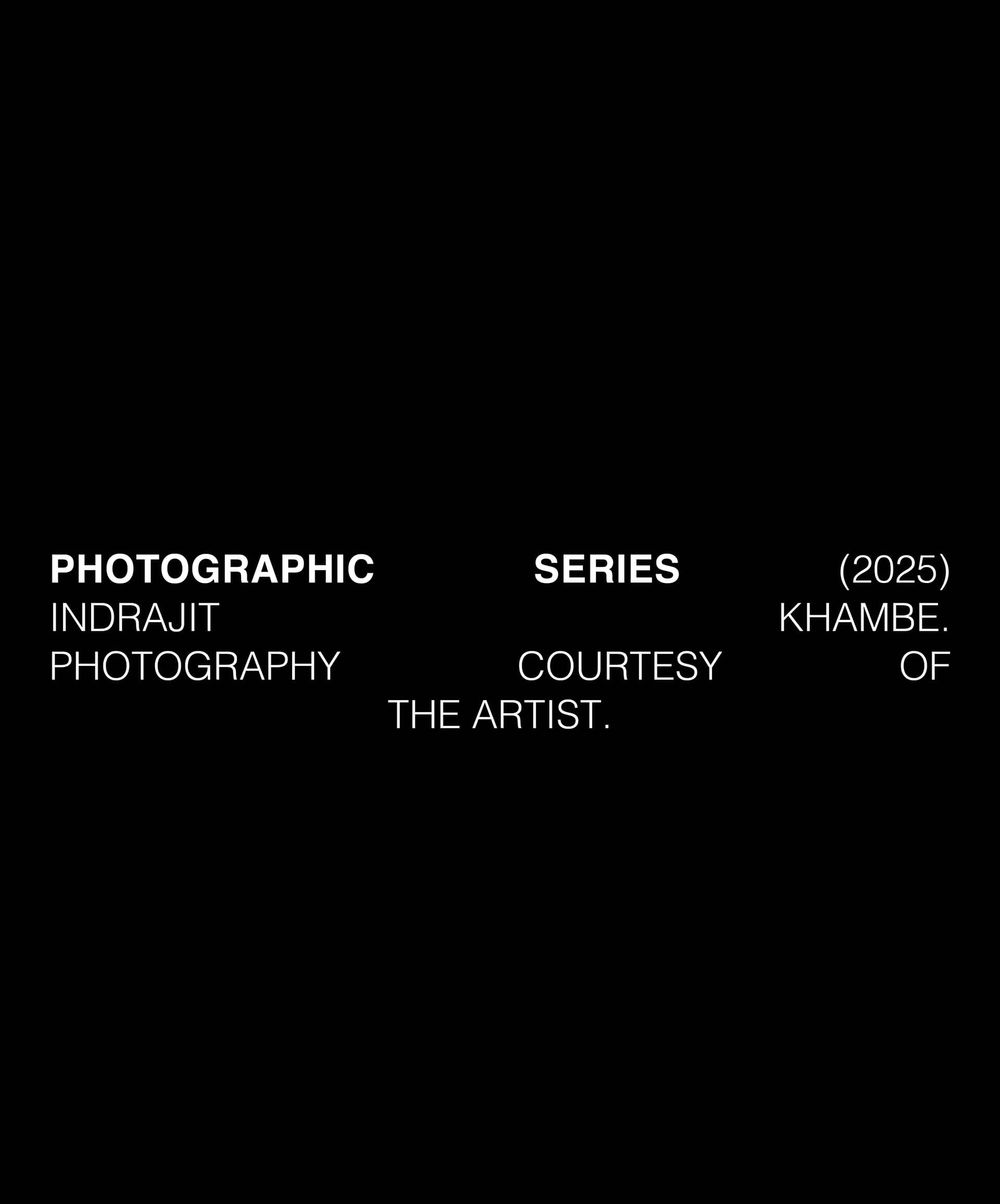

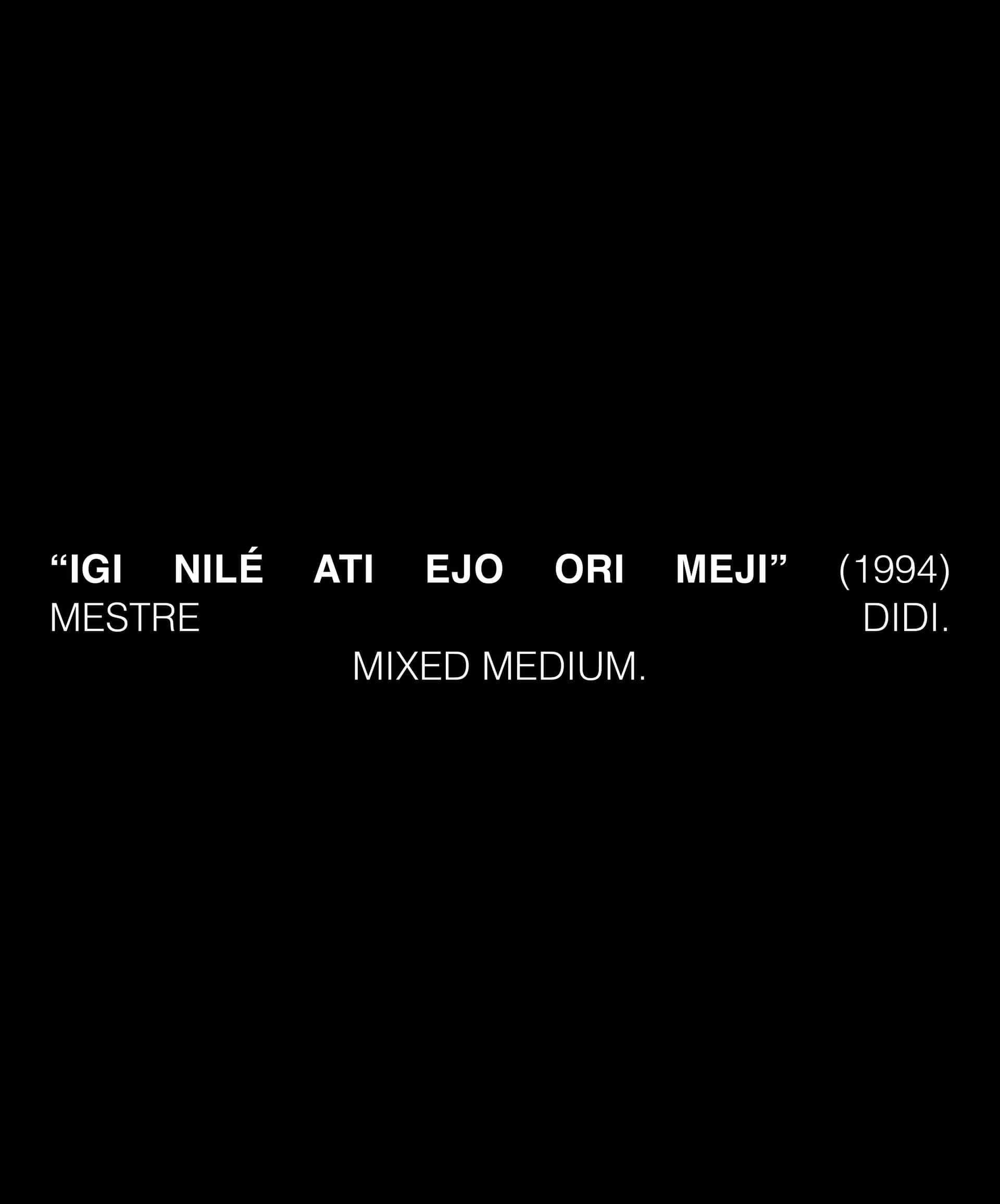

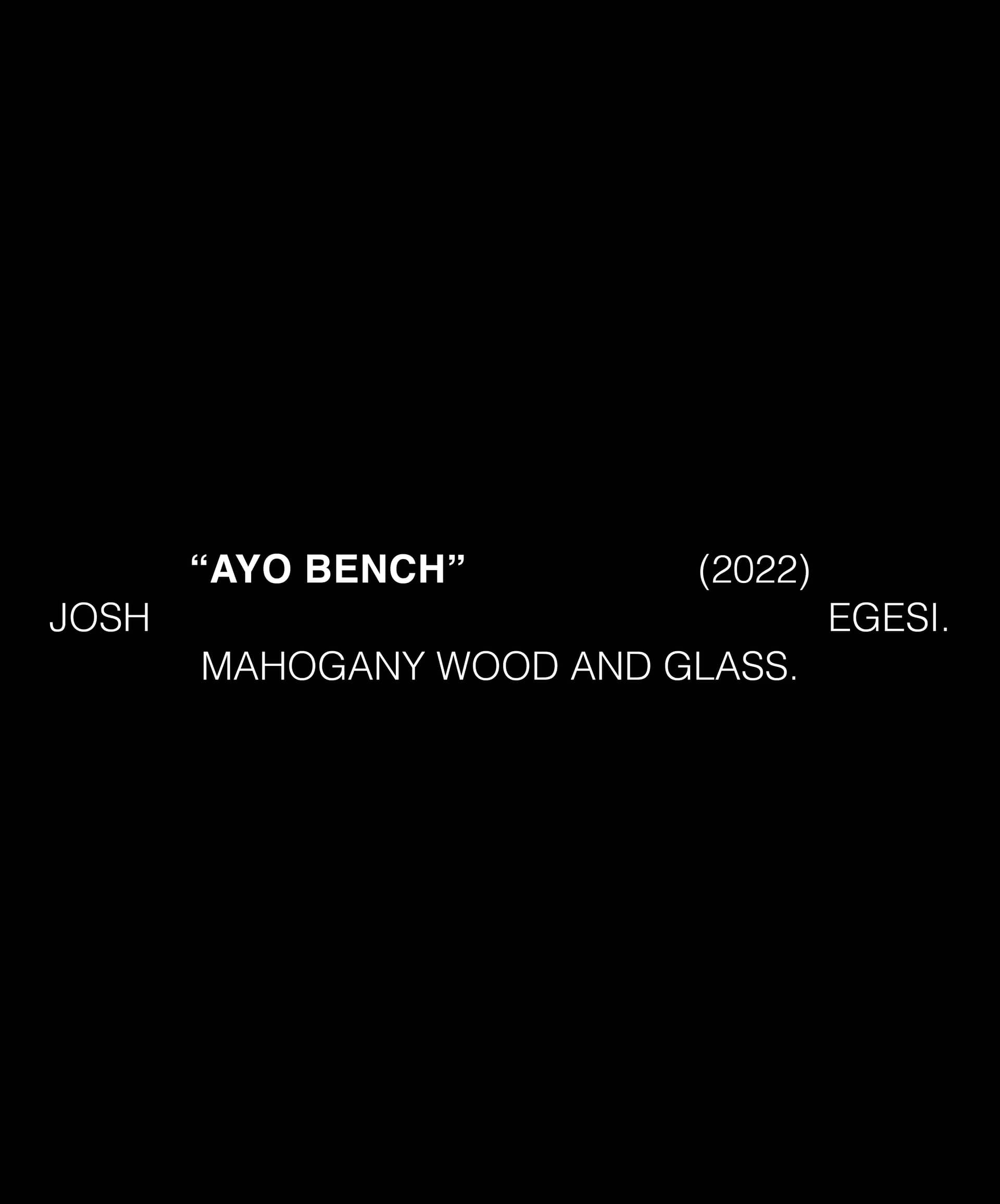
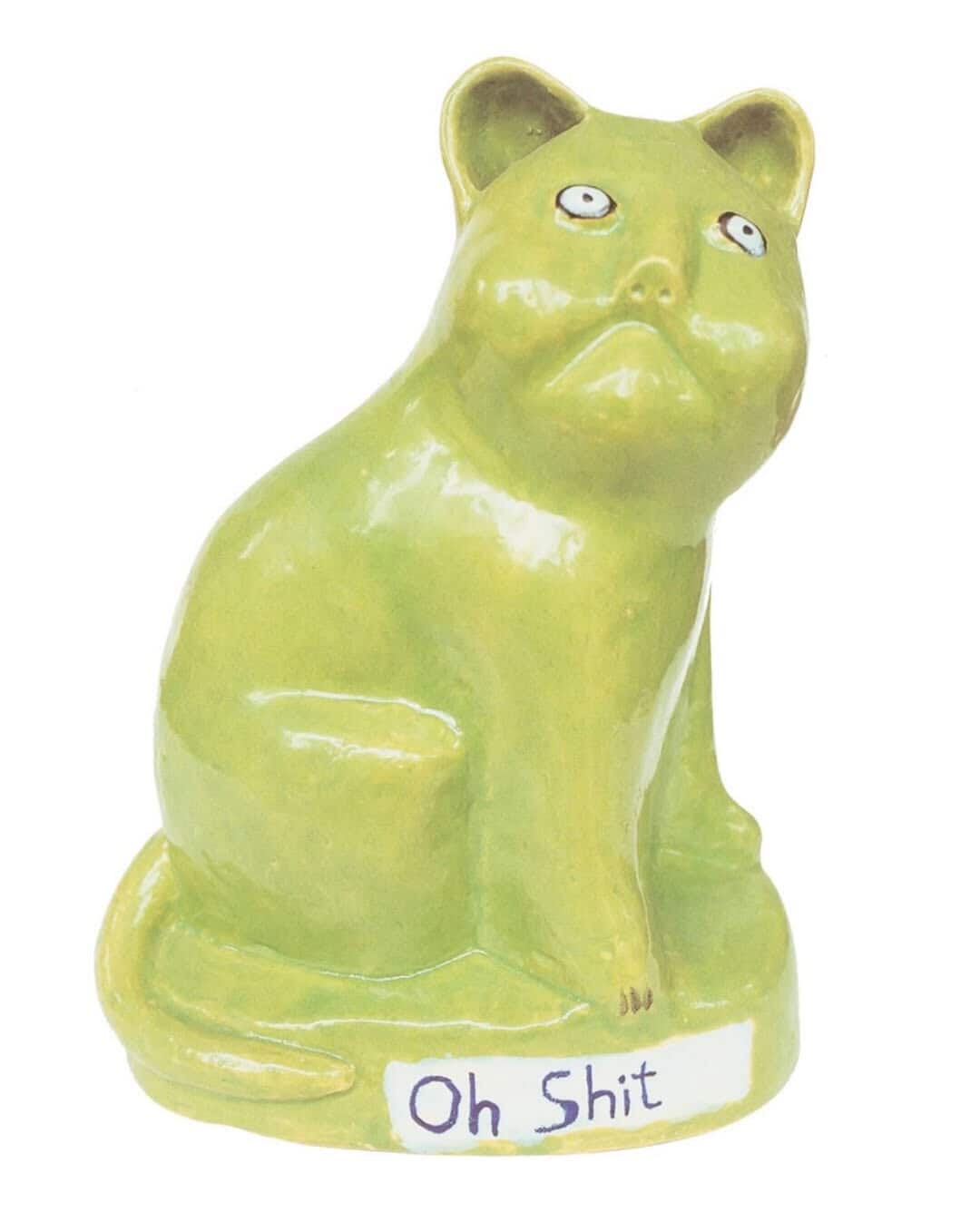


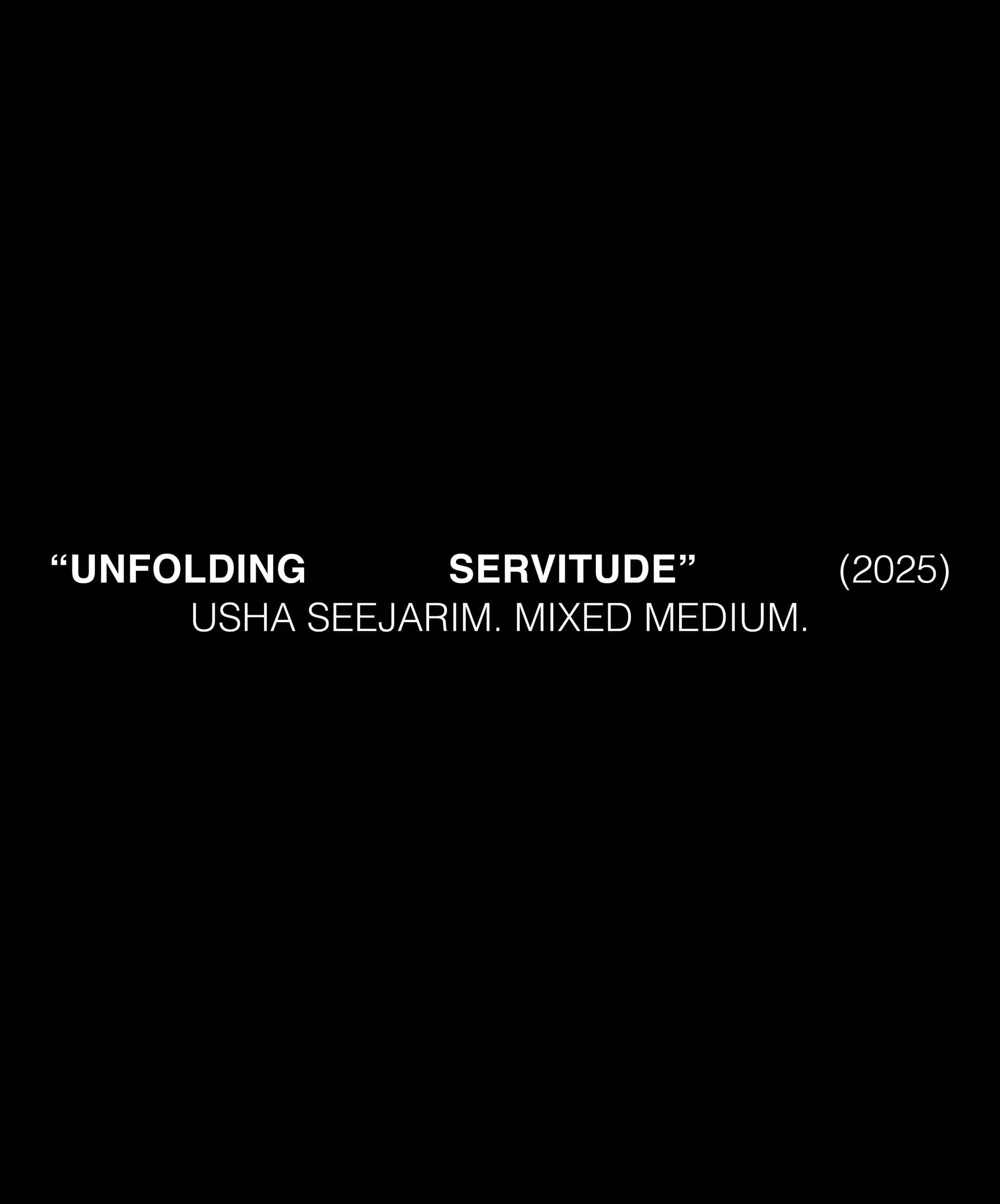
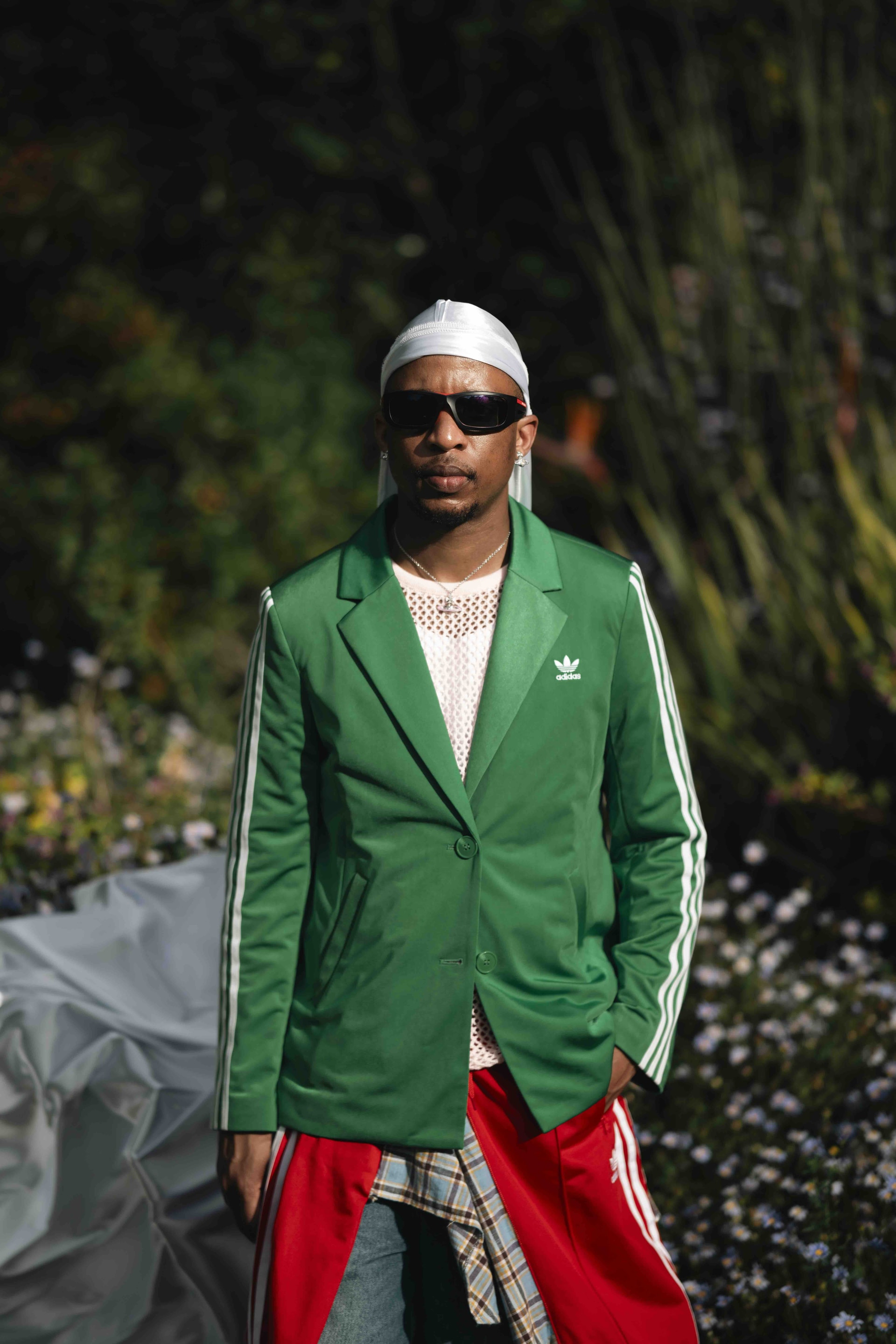
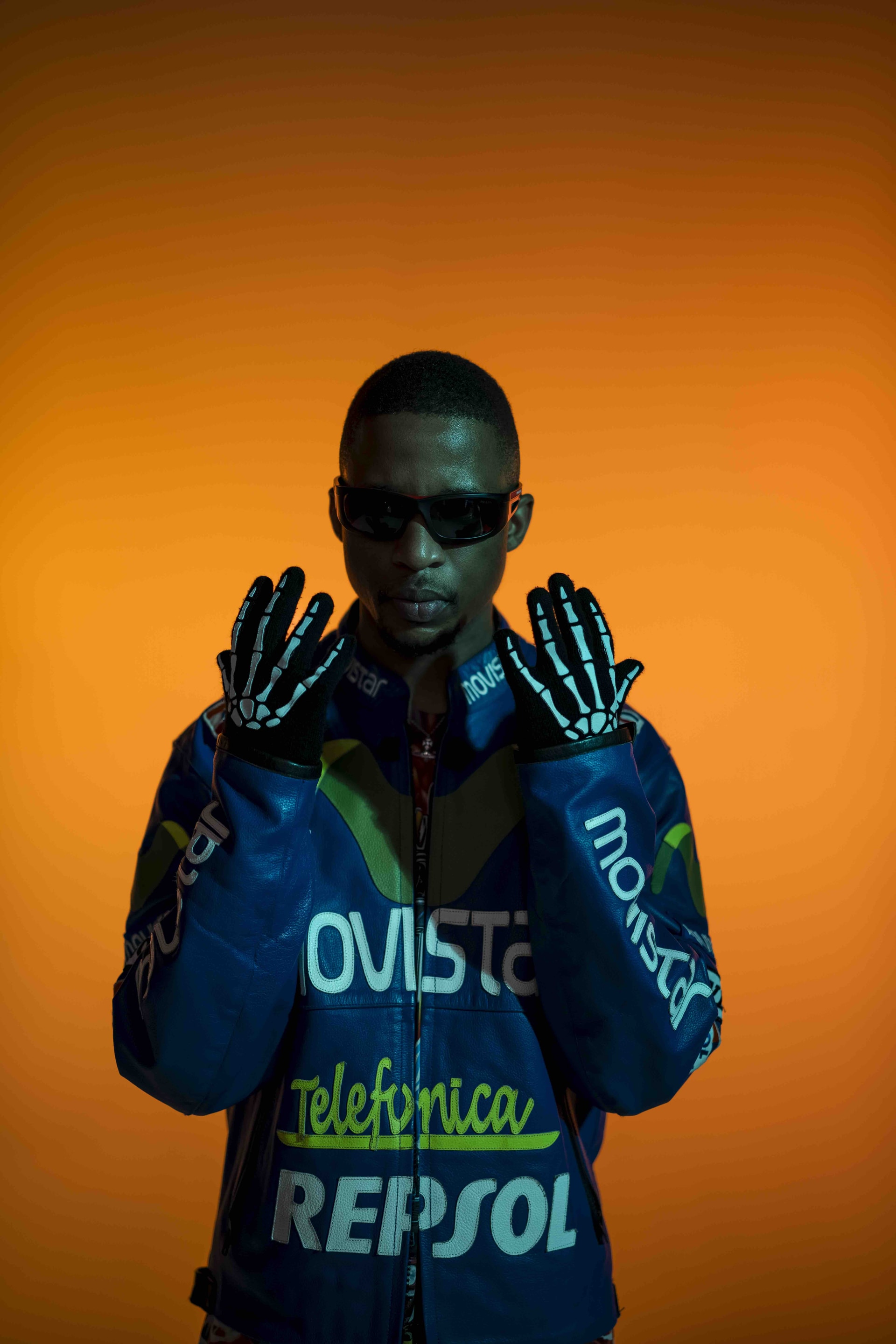
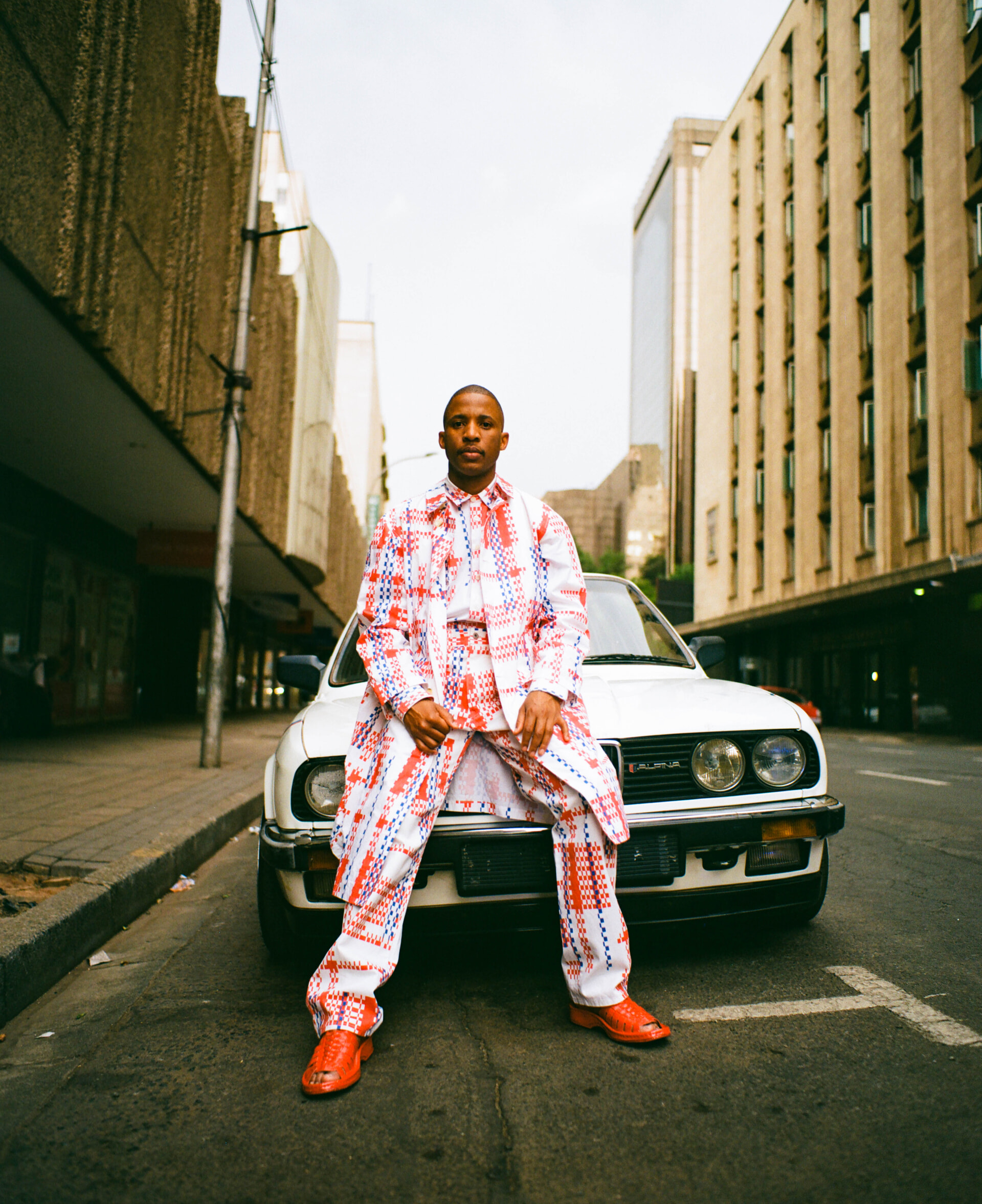

Recent Comments